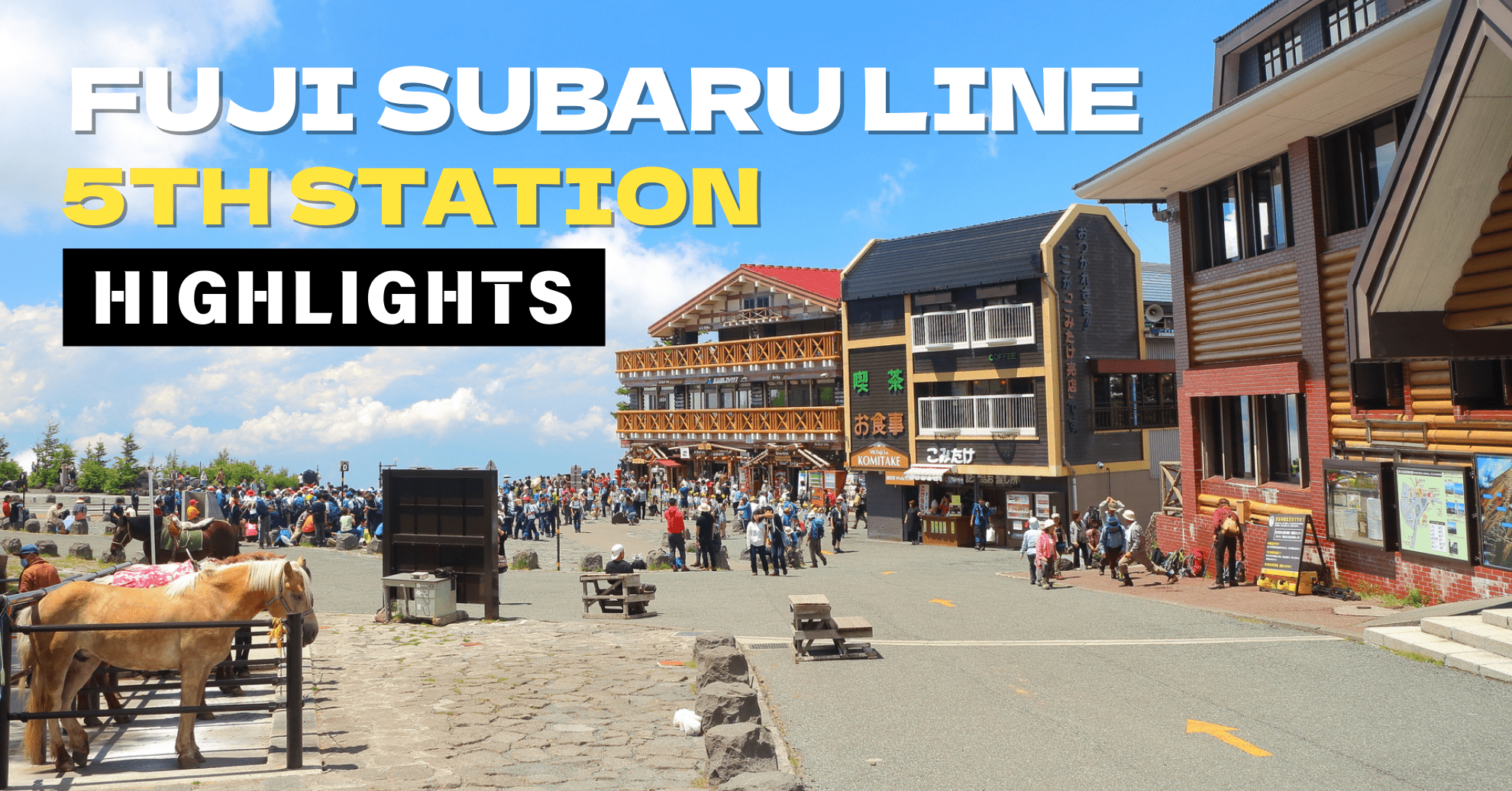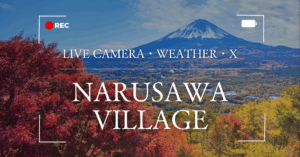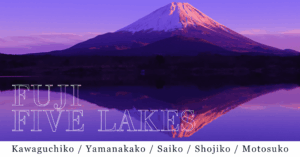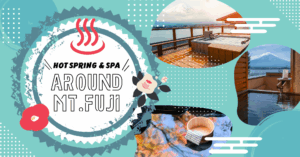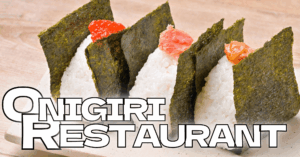The sacred peak of Mt. Fuji, rising 3,776 meters above sea level, is one of Japan’s most iconic symbols. For centuries, it has been revered as a spiritual site and celebrated in countless works of art and literature.
In 2013, Mt. Fuji was inscribed as a UNESCO World Cultural Heritage Site under the title “Fujisan, sacred place and source of artistic inspiration.”
Climbing to the summit is possible only during the short season from early July to early September, and it requires proper equipment, stamina, and preparation. Risks such as altitude sickness and sudden weather changes make the ascent particularly challenging for beginners.
For those who want to enjoy the charm of Mt. Fuji more easily and comfortably, the best alternative is the Mt. Fuji Subaru Line 5th Station!
Situated at an altitude of 2,305 meters, this station offers breathtaking views, local gourmet food, and cultural experiences—all without the need to climb to the summit.
In this guide, we’ll introduce everything you need to know about the Subaru Line 5th Station, including its easy access by public transportation and the many attractions that make it a must-visit spot on your Mt. Fuji journey.
Highlight 1: Breathtaking Panoramas & the Sea of Clouds

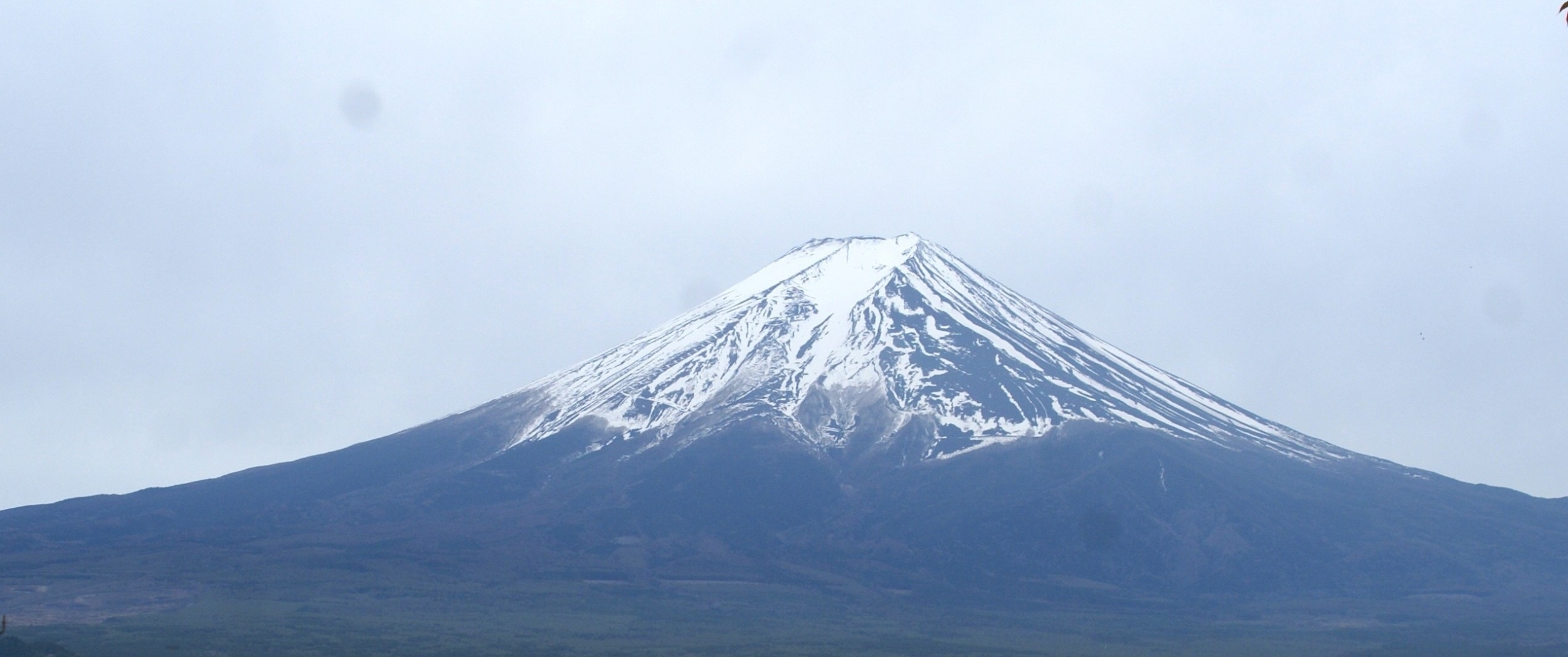
From the Subaru Line 5th Station, you can enjoy sweeping views of Lake Yamanakako, Lake Kawaguchiko, and the vast Aokigahara Forest.
On clear days, the majestic presence of Mt. Fuji feels incredibly close, and if you’re lucky, you may even witness the mystical sea of clouds enveloping the landscape—an unforgettable experience that truly makes you feel as though you are standing above the skies.
From late September through around June, the summit is often dusted with snow, creating the picture-perfect image of a snow-capped Mt. Fuji. This iconic sight, famously depicted by the ukiyo-e master Katsushika Hokusai, has become a timeless symbol of Japan’s four seasons.
Highlight 2: The 5th Station’s Exclusive Treat — Mt. Fuji Melon Pan
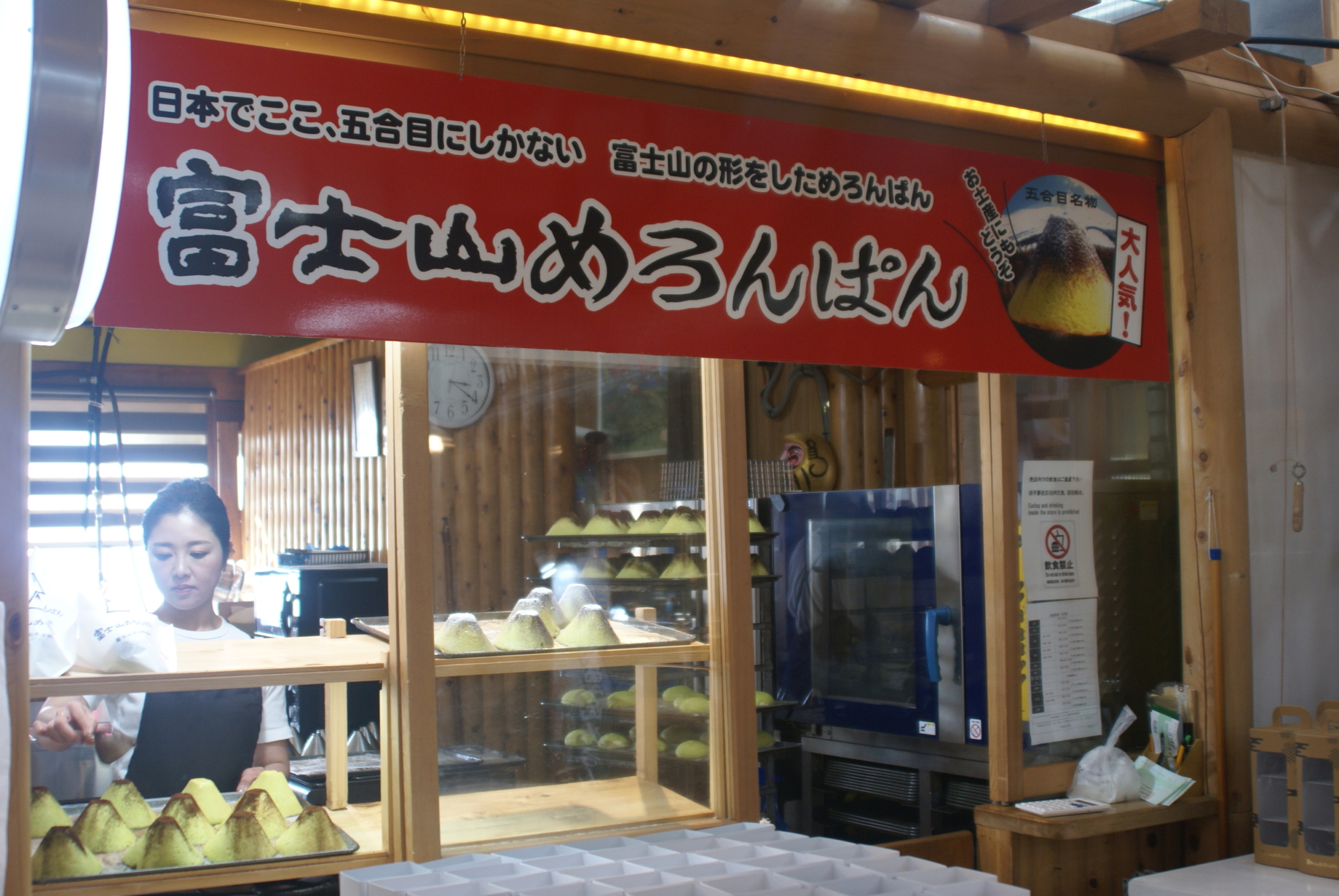
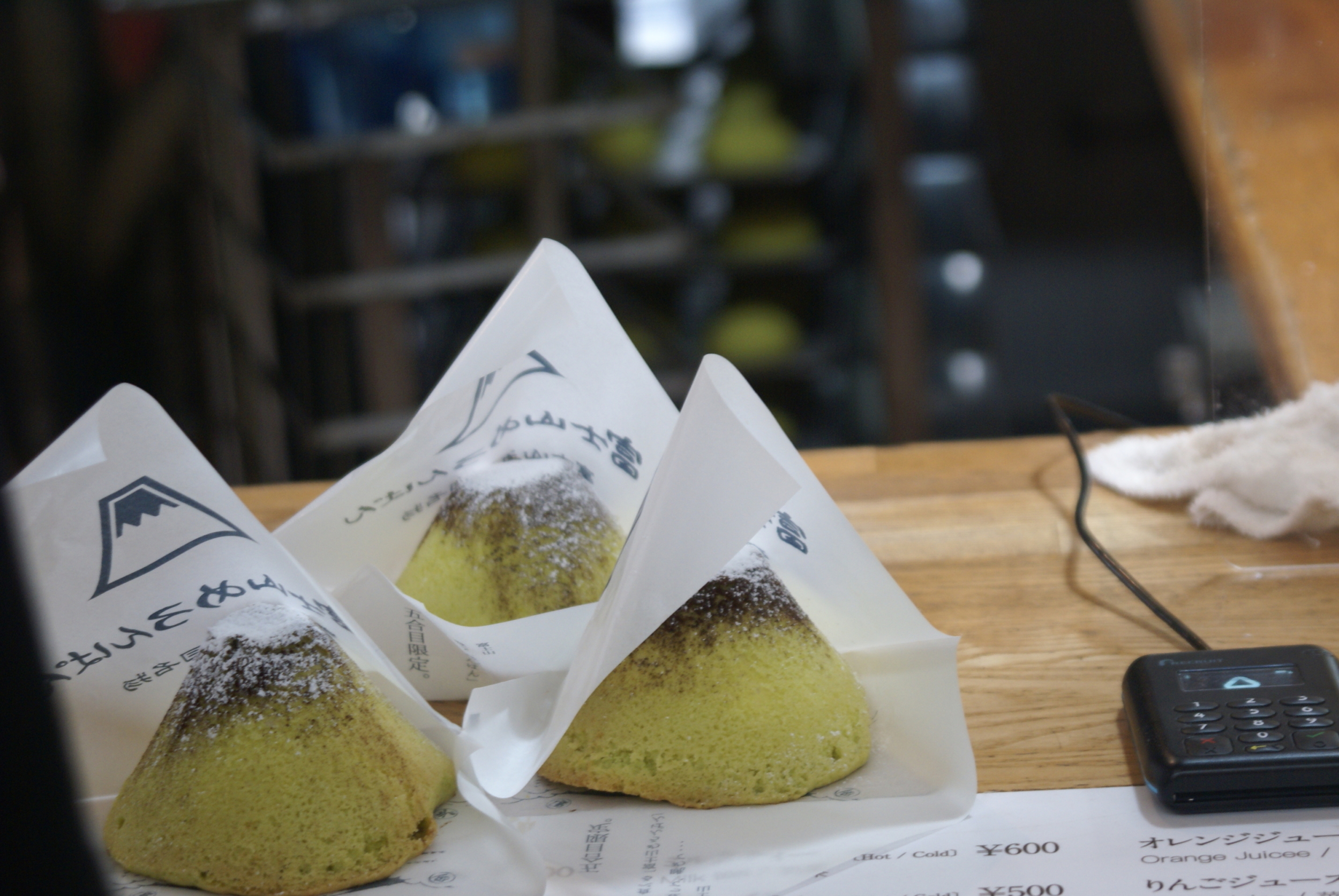
One of the must-try specialties at the 5th Station is the Mt. Fuji Melon Pan, a sweet bun you can only find here.
Shaped like Mt. Fuji itself, this freshly baked treat features a crisp crust and a fluffy interior. Its design is especially charming, with powdered sugar sprinkled on top to resemble the snow-capped summit—making it a snack you’ll want to photograph before taking a bite.
The melon pan is also available in souvenir boxes, making it a popular gift to bring home.
At the adjoining Gogouen Rest House, visitors can also enjoy light meals such as udon noodles and curry rice. Menus are numbered for easy ordering, ensuring that international travelers can dine comfortably without any language barriers.
Highlight 3: Fujisan Komitake Shrine – A Spiritual Power Spot
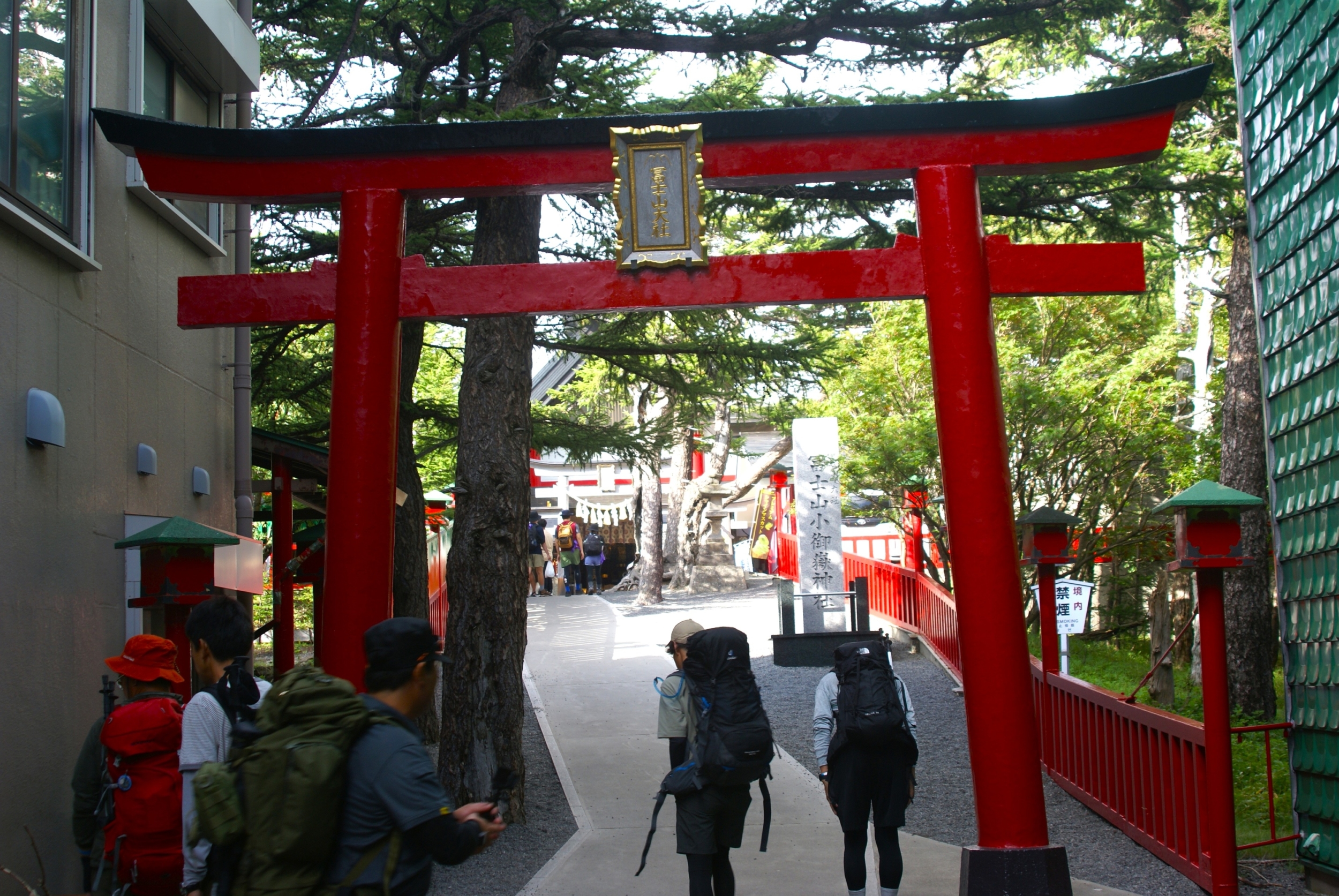
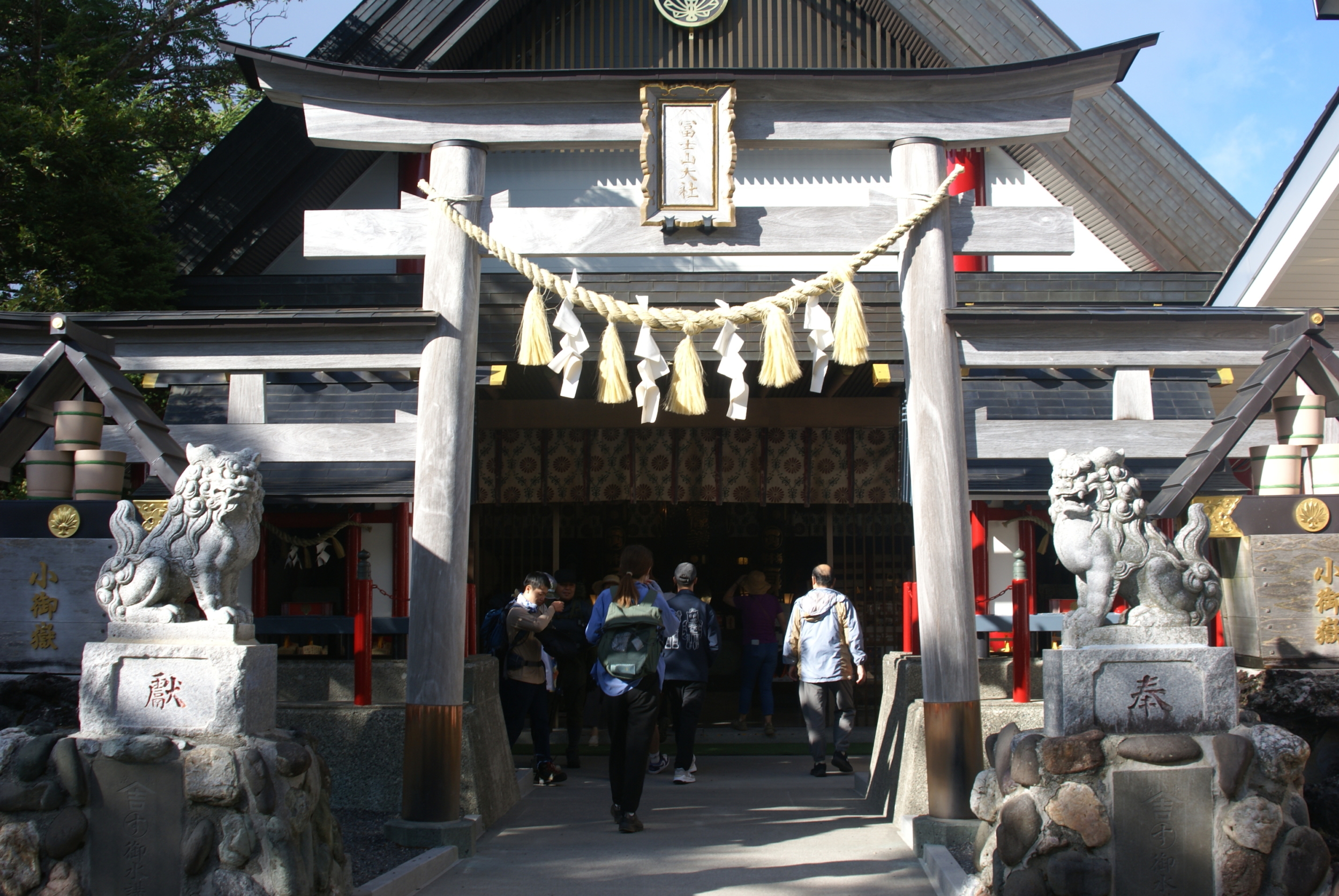
The Fujisan Komitake Shrine, founded in 937 AD, is one of the most historic power spots on Mt. Fuji.
Since ancient times, it has served as a spiritual base for those undertaking the Ochuudo pilgrimage around the mountain or heading onward to the summit.
The shrine is believed to bring blessings for good health, longevity, and harmonious relationships, making it a meaningful stop for visitors seeking spiritual connection.
Popular items include Mt. Fuji–shaped omamori (protective charms) and goshuin (shrine stamps). Among them, the stamp bearing the characters for “富士山” (Mt. Fuji) is particularly treasured—a keepsake that makes for a memorable highlight of your journey.
Highlight 4: Mt. Fuji 5th Station Post Office – Japan’s Highest Post Office
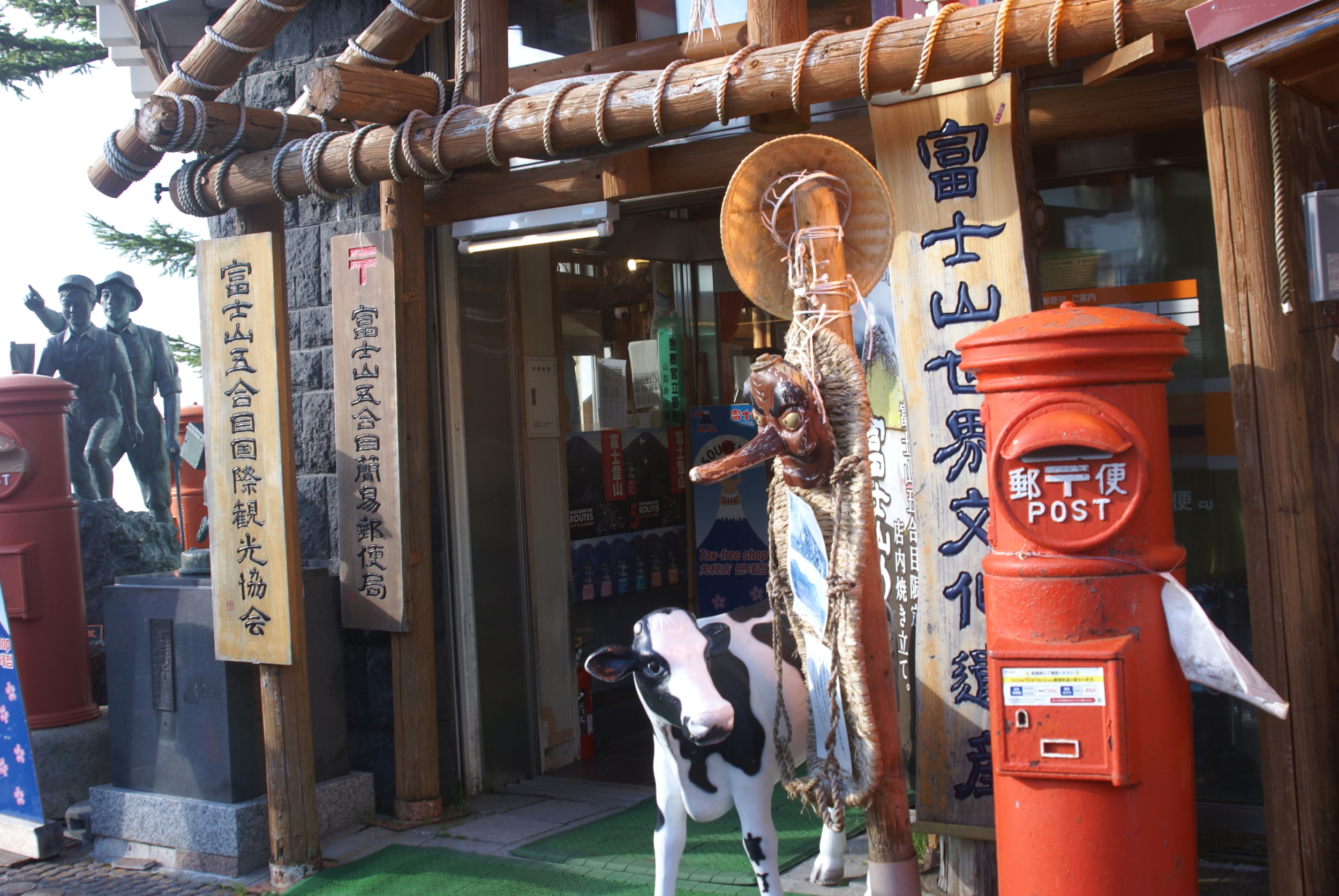
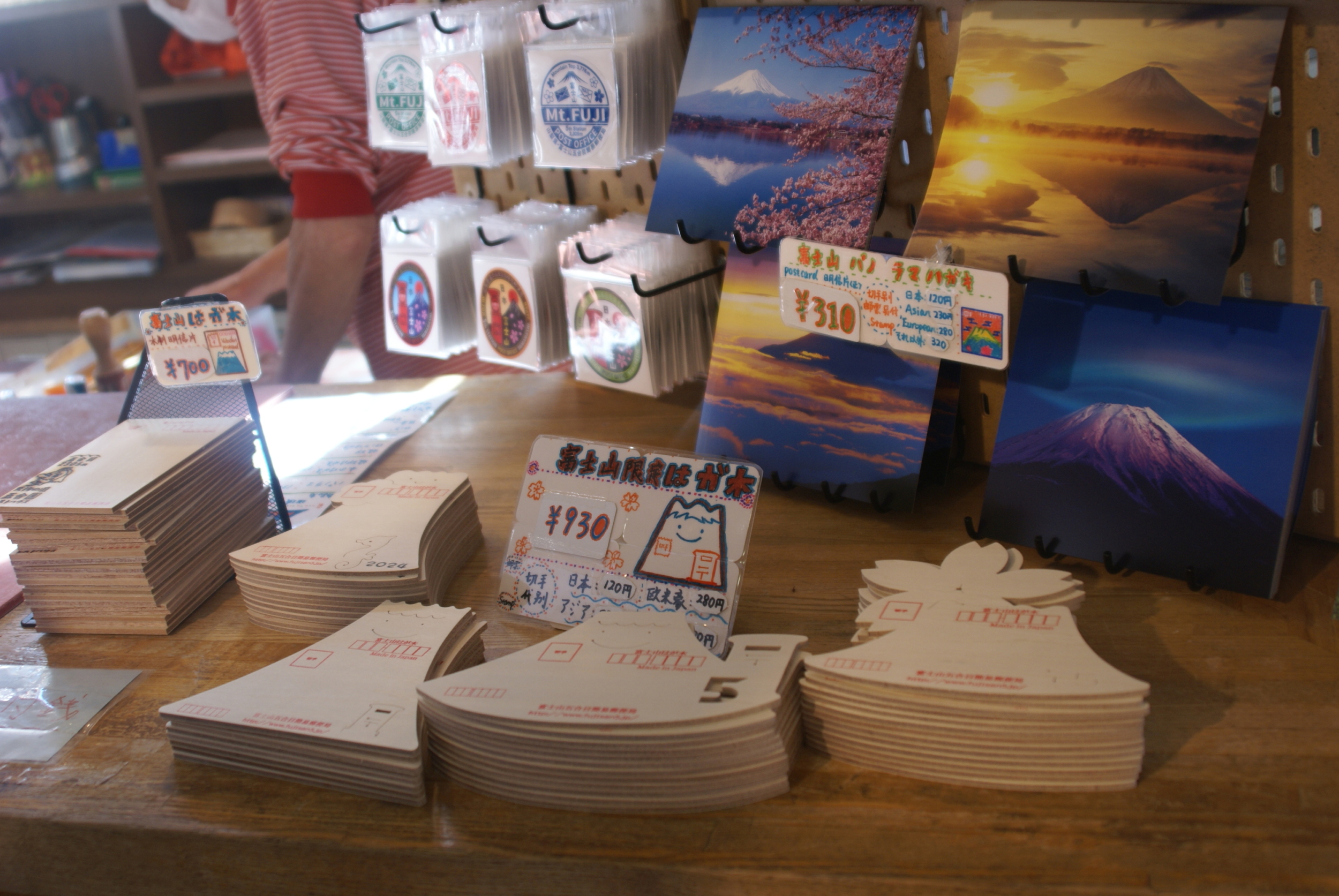
At the Subaru Line 5th Station, you’ll find the Mt. Fuji 5th Station Post Office, known as the highest post office in Japan (outside of the official climbing season).
Sending a letter from here comes with a special bonus: each piece of mail receives a unique Mt. Fuji–themed postmark, making it a perfect way to commemorate your visit or send a thoughtful message to loved ones.
For an extra-special keepsake, you can also purchase the original “Fujisan Hagaki” wooden postcards, beautifully crafted and exclusive to this location. It’s a one-of-a-kind way to create lasting memories of your Mt. Fuji journey.
Must-Buy Souvenirs at Mt. Fuji Subaru Line 5th Station
At an altitude of 2,305 meters, the Subaru Line 5th Station is not only a gateway to Mt. Fuji but also a great place to pick up unique souvenirs that you won’t find anywhere else. Surrounded by breathtaking scenery, you can choose special gifts to remember your journey.
Here are some of the most popular items:
Kongo-zue (Pilgrim’s Staff)
Traditionally used during Mt. Fuji climbs, these wooden staffs serve as practical aids on the trail. Climbers can also have them stamped with branding marks at each mountain station, making them cherished keepsakes of the ascent. They are also popular as meaningful gifts for older relatives.
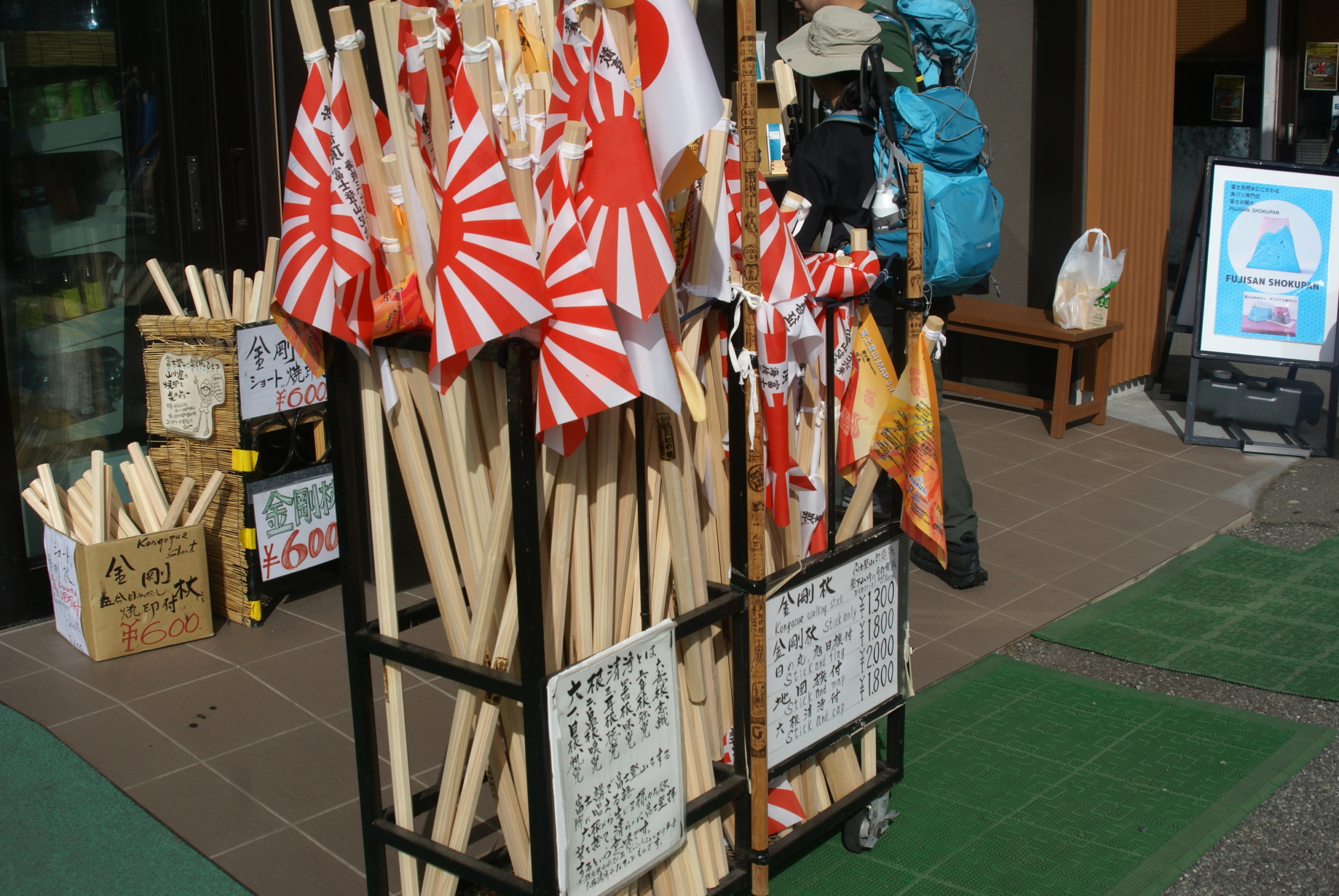
Canned Mt. Fuji Air
A quirky souvenir literally filled with the fresh air of Mt. Fuji. The can even has a designated space to write an address, allowing you to mail it directly as a postcard-like gift. It’s both adorable and a great conversation starter.
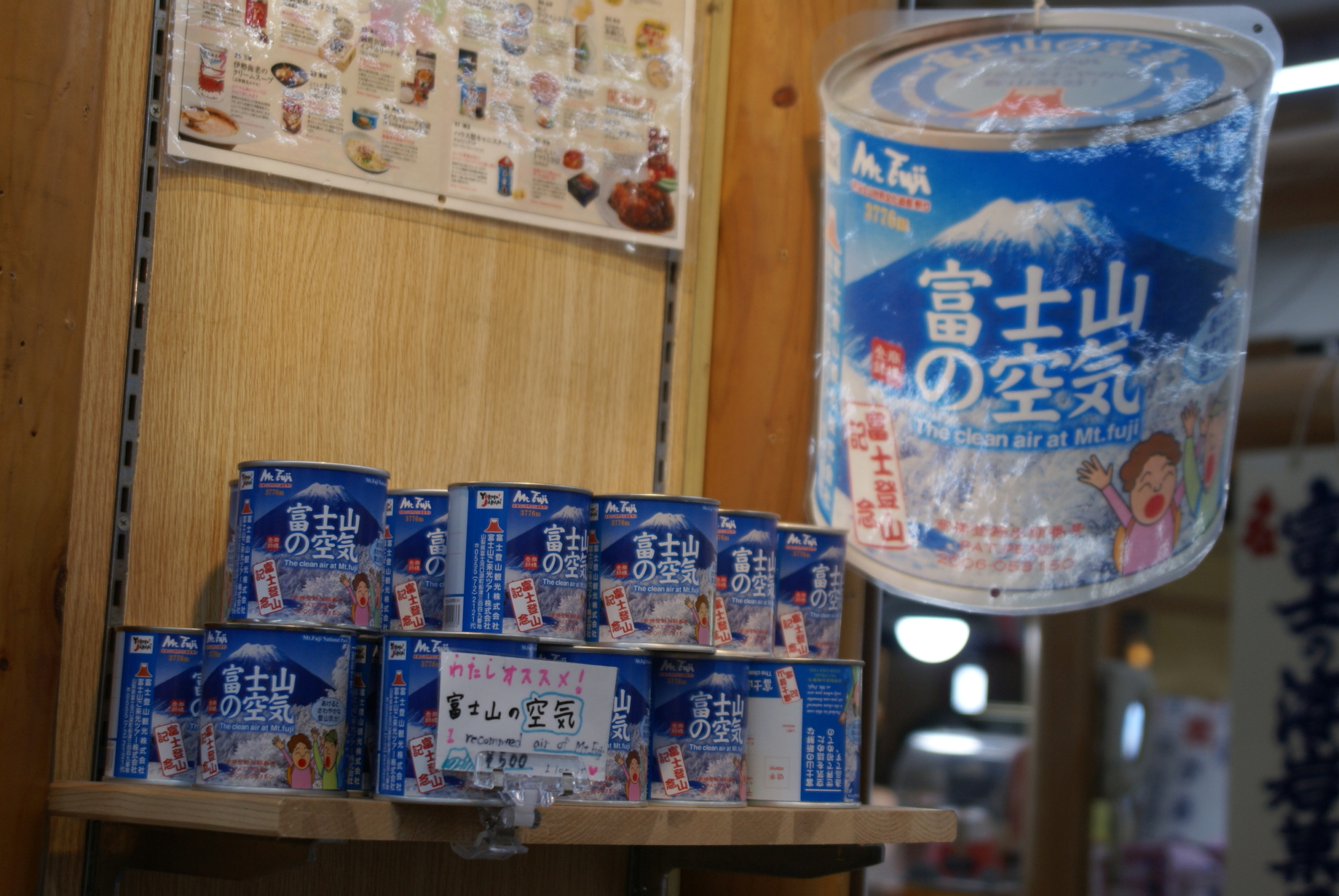
Potato Chips
Due to the high altitude, the bags are puffed up from the air pressure difference, making this snack a fun and memorable item. Perfect as a lighthearted gift for friends or colleagues.
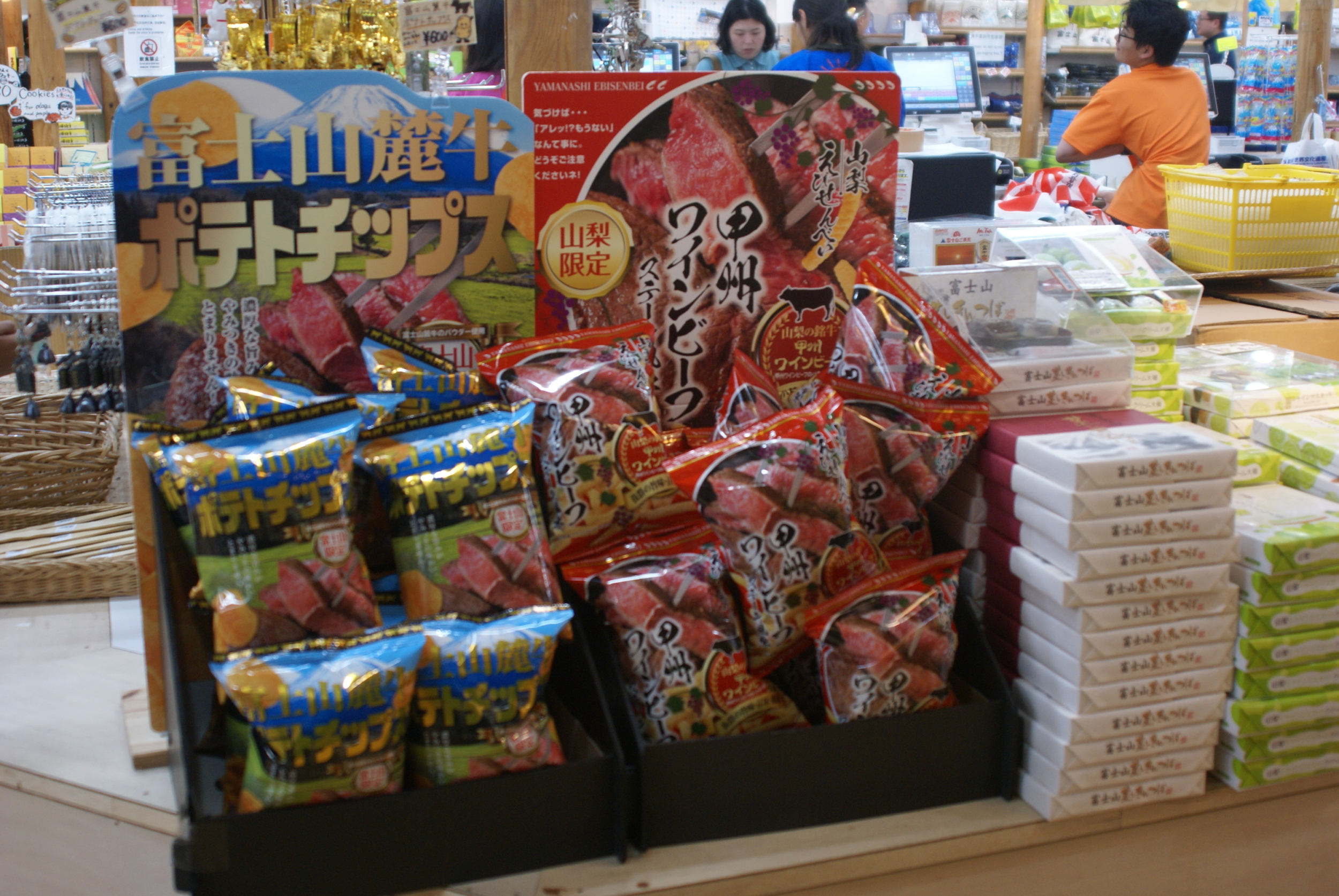
Mt. Fuji Yokan (Sweet Bean Jelly)
A prestigious confection once presented to the Emperor, this limited-edition yokan called “Fuji no Kaiun” (Fuji Good Fortune) features striking blue-and-white layers resembling Mt. Fuji itself. With its refined appearance, it’s ideal as a gift for respected elders or business partners.
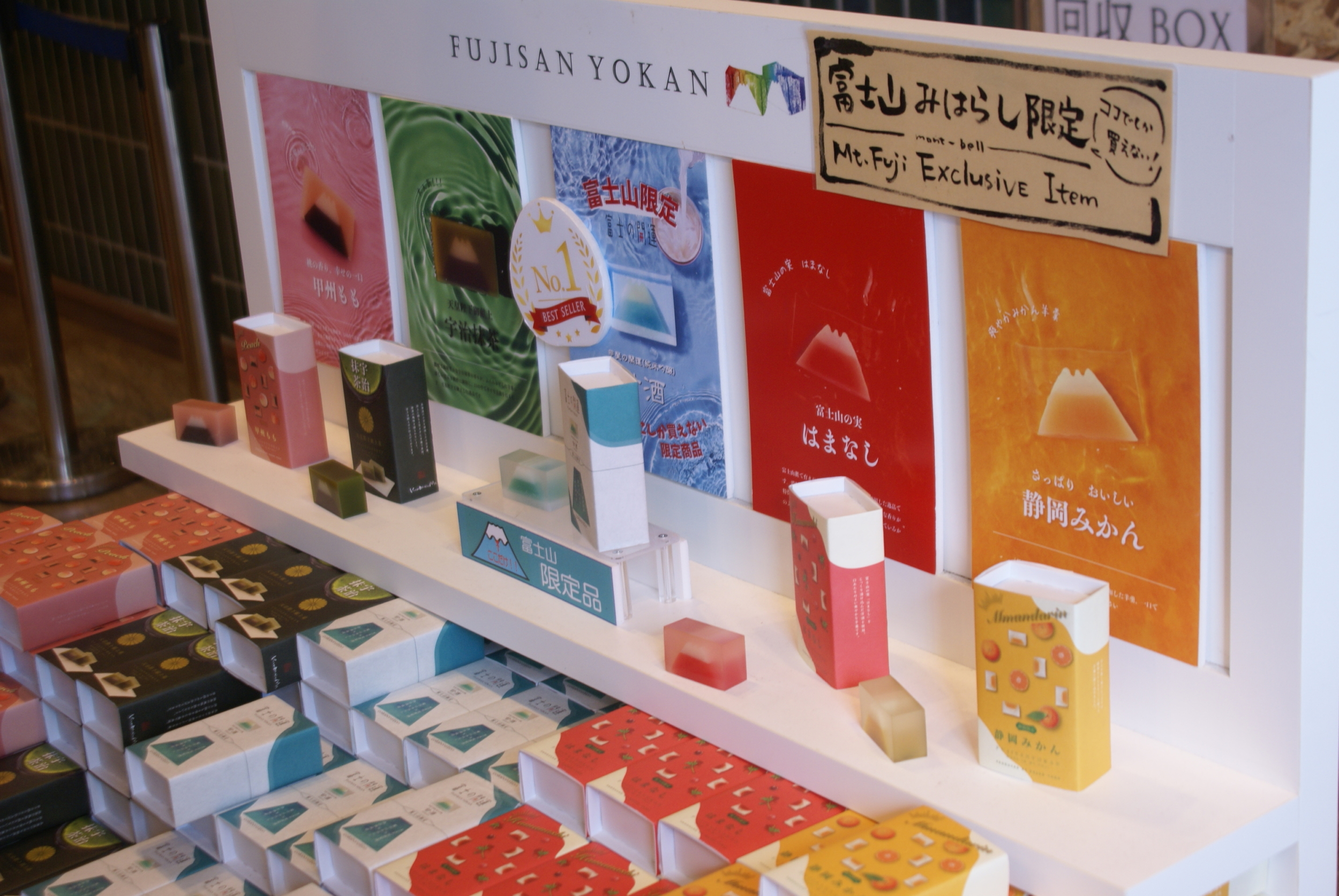
Fuji Chiffon Cake (Fuji-Fon)
A fluffy and voluminous chiffon cake that’s as charming as it is delicious. Its moist texture and gentle sweetness make it a delightful choice for teatime.
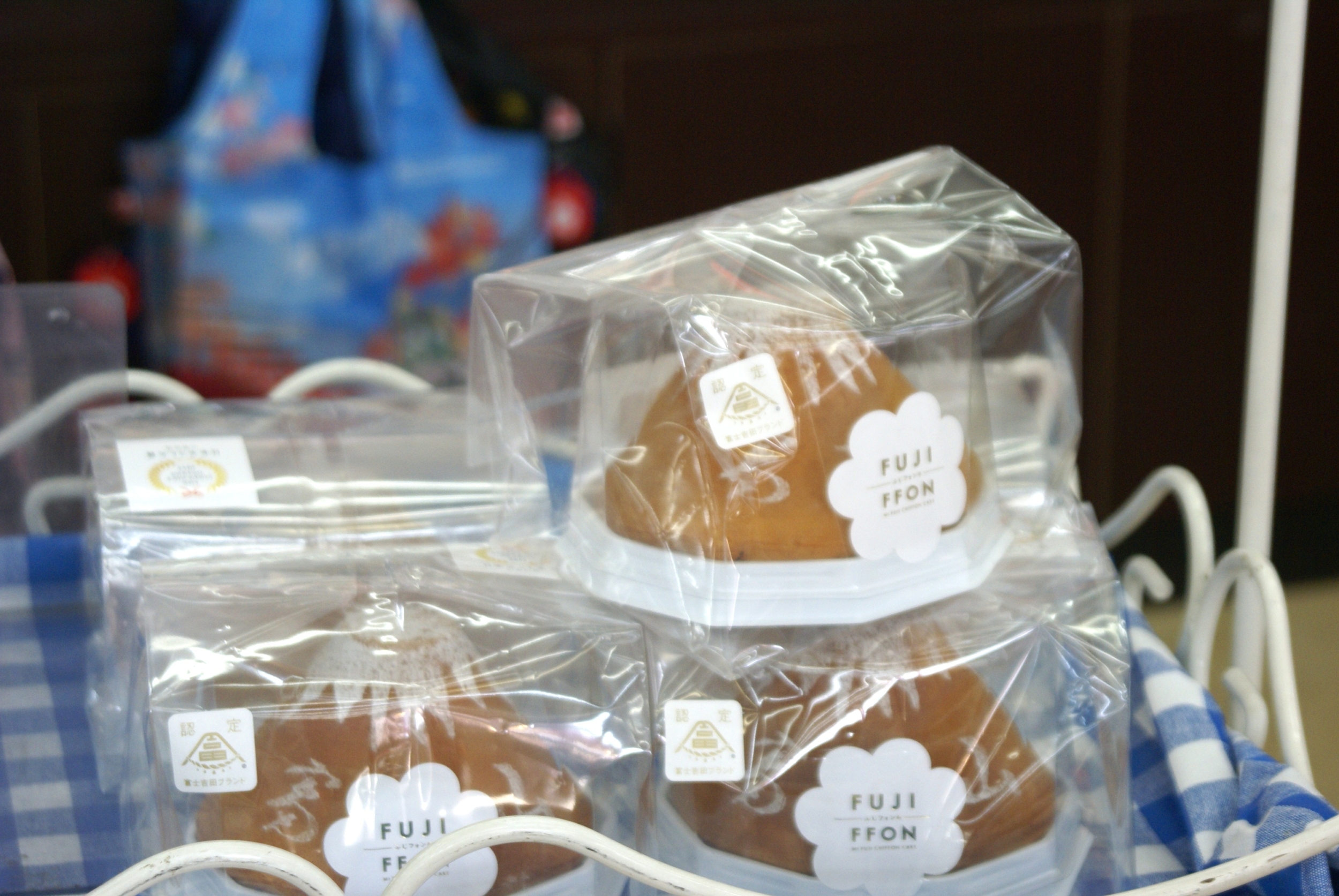
Fuji Marimo
A rare item that encases marimo (algae balls found in Lake Yamanakako and Lake Kawaguchiko) inside glass jars with volcanic stones. Since they are produced in limited quantities and designated as a natural treasure of Yamanashi, they’re highly collectible.
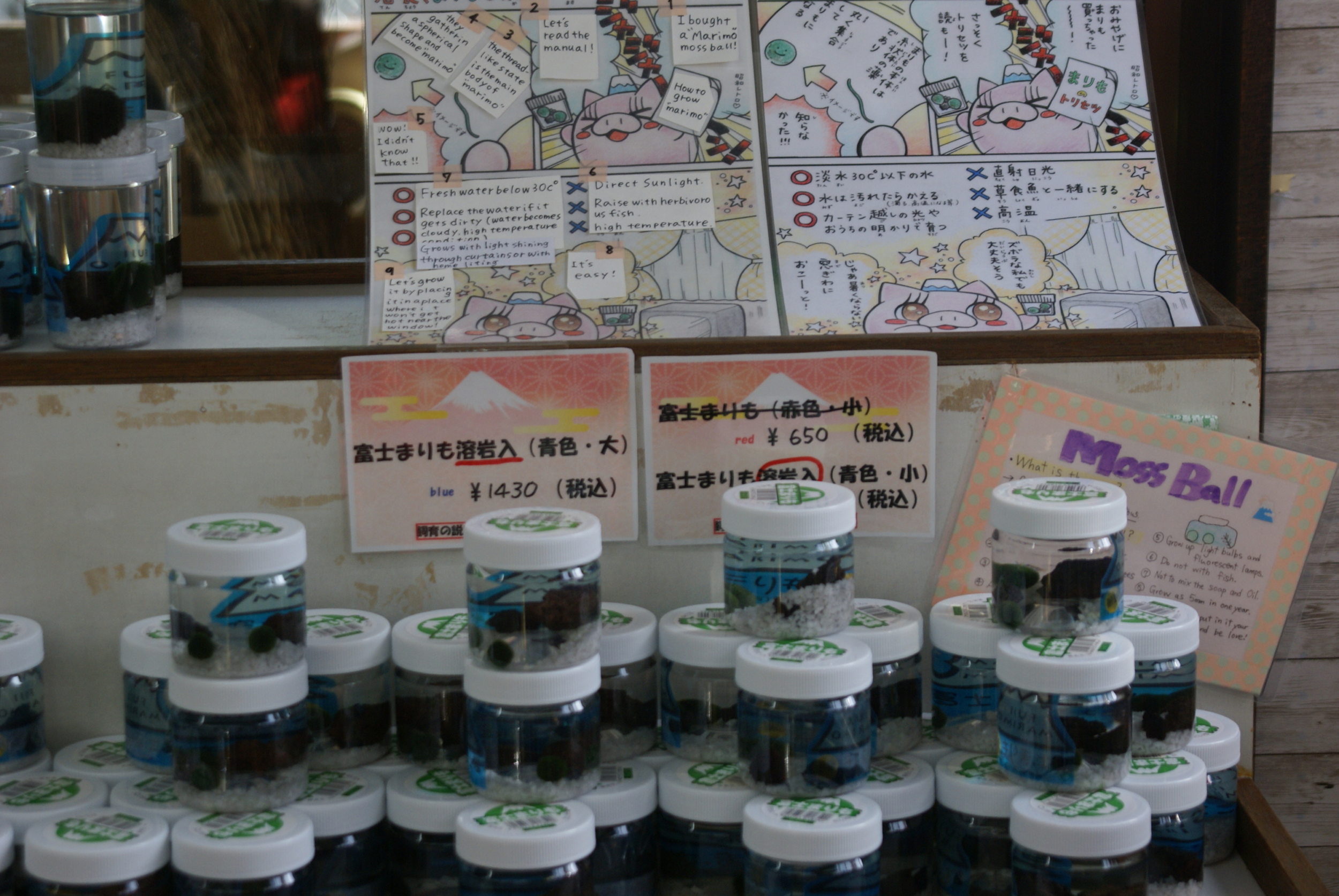
Lululun Face Masks (Mt. Fuji Edition)
From Japan’s most famous sheet mask brand, this regional-exclusive version features a delicate peach fragrance. Individually wrapped packs make them perfect for sharing with friends as casual gifts.
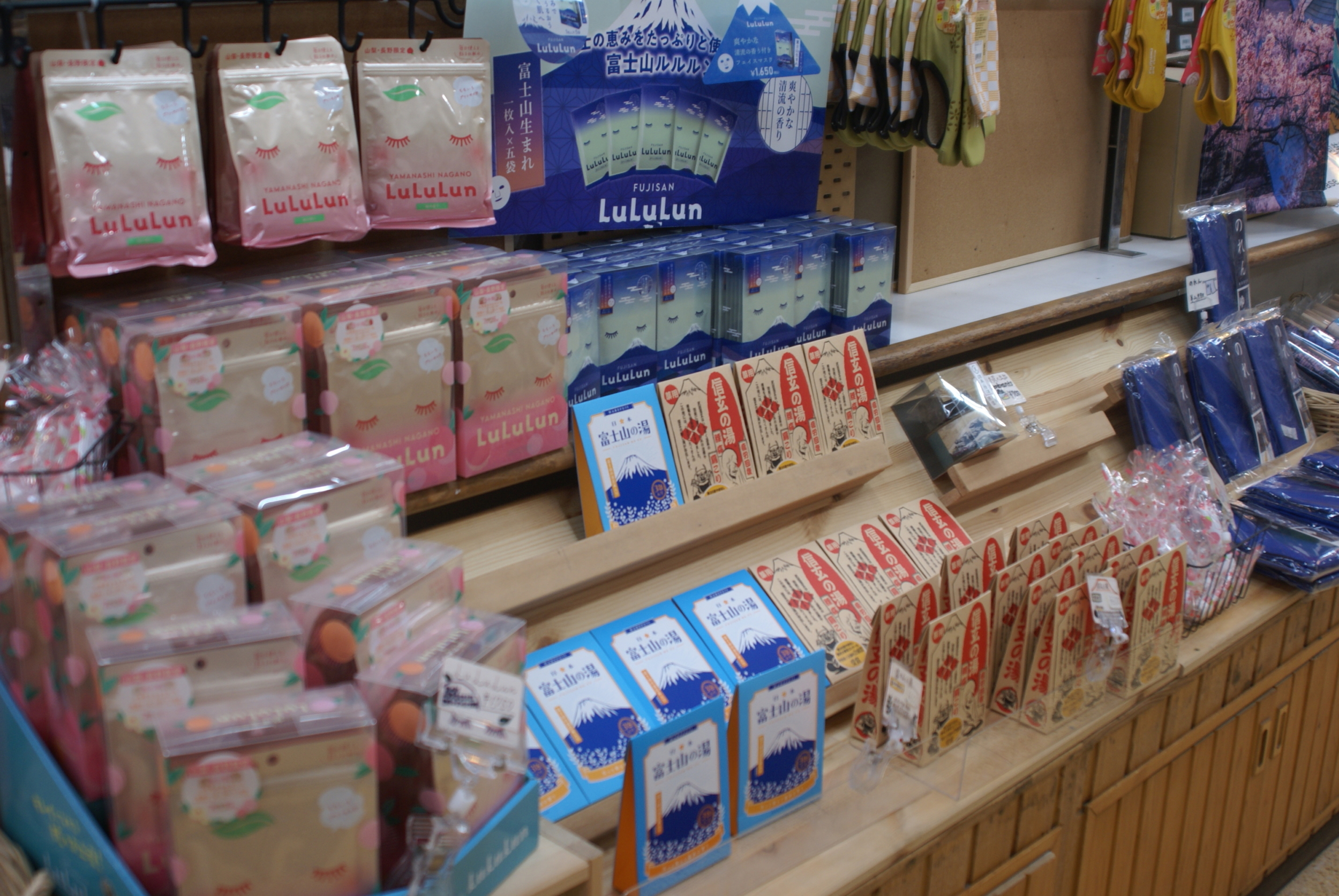
Original T-Shirts
A wide selection of T-shirts featuring Mt. Fuji–inspired designs. Whether as a climbing memento or a gift, they’re a fun way to take home a piece of your Fuji adventure.
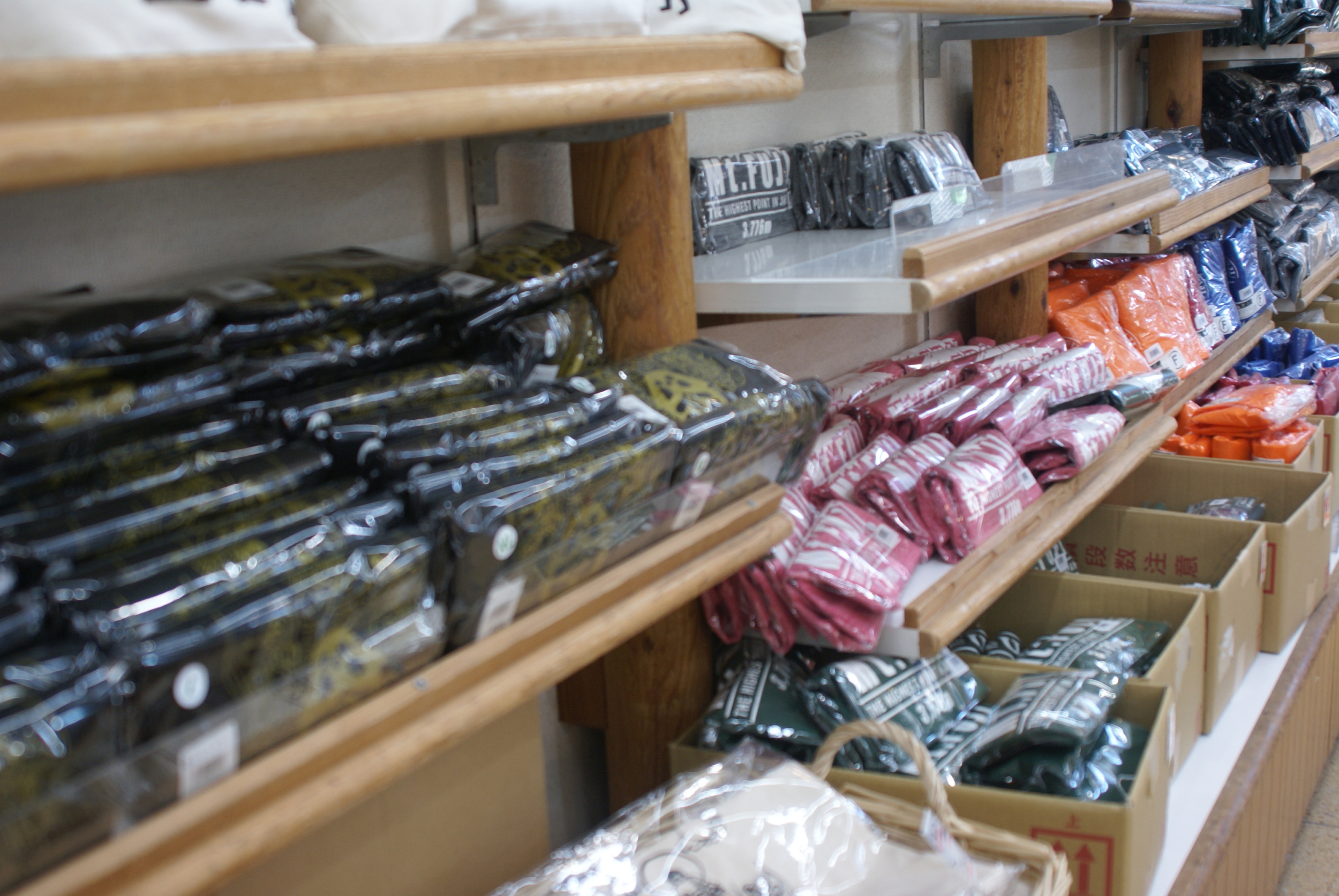
With such a wide variety of unique and memorable souvenirs, the Subaru Line 5th Station is more than just a sightseeing stop—it’s also a shopping destination. Be sure to pick up your favorite item and take a piece of Mt. Fuji home with you!
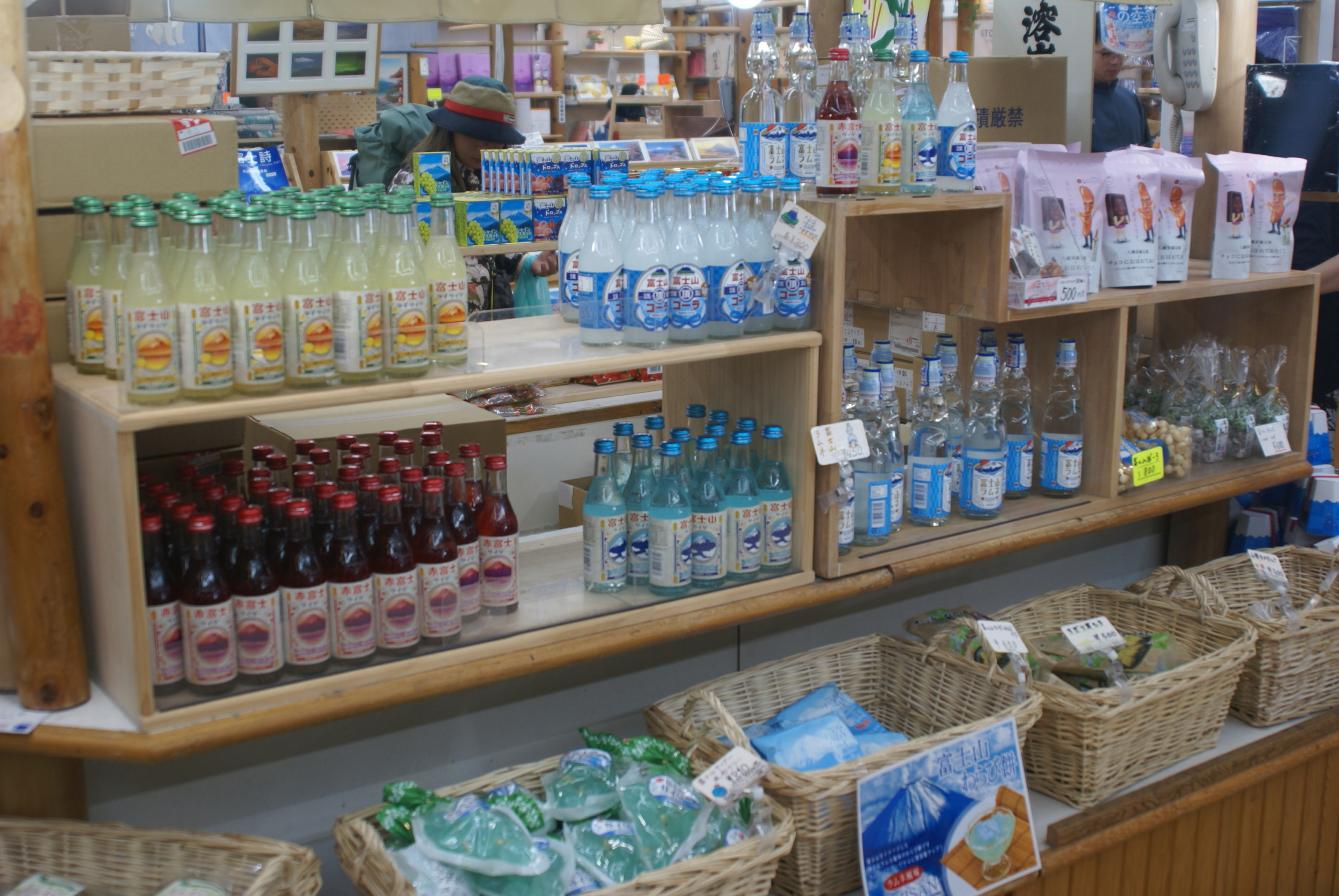
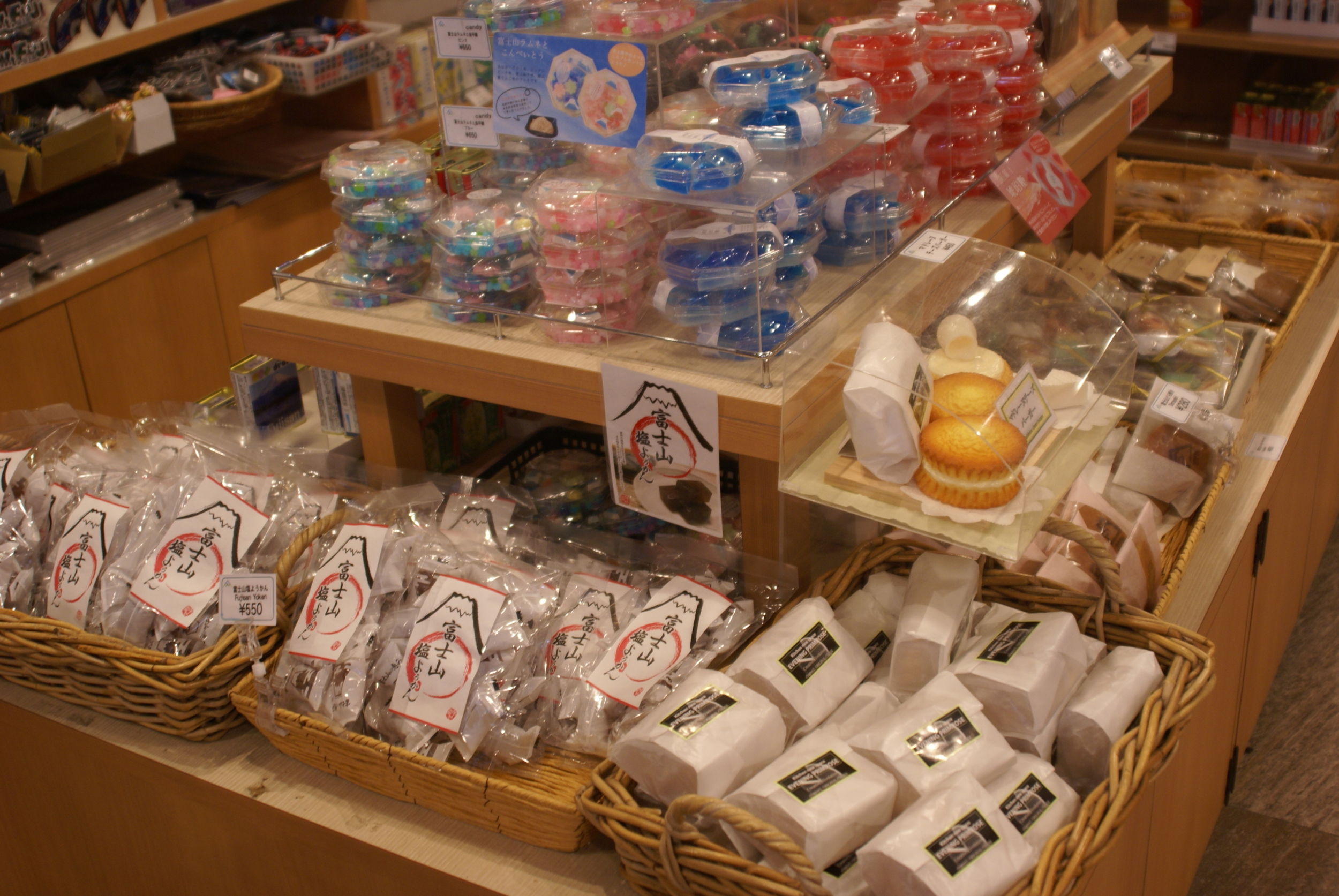
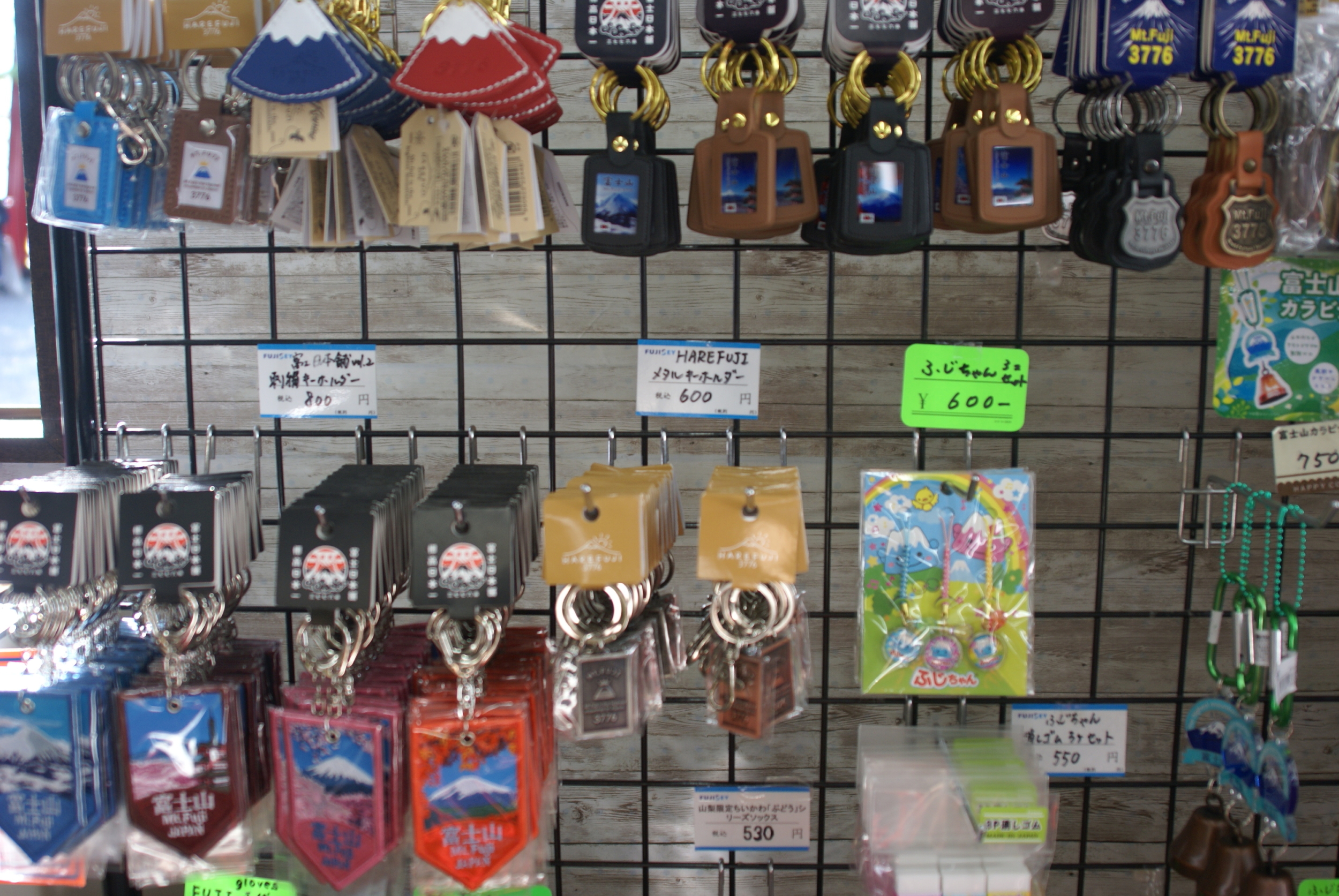
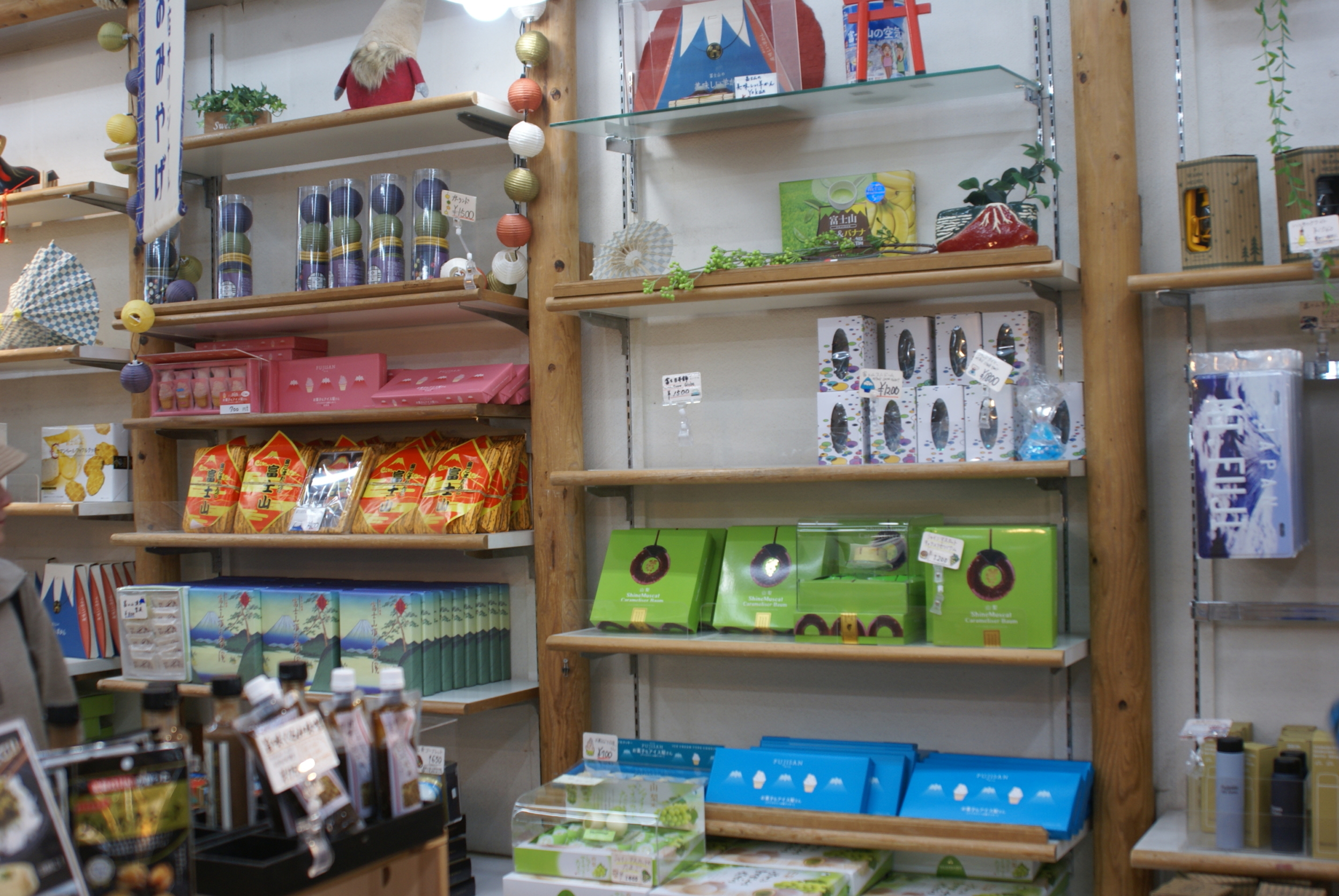
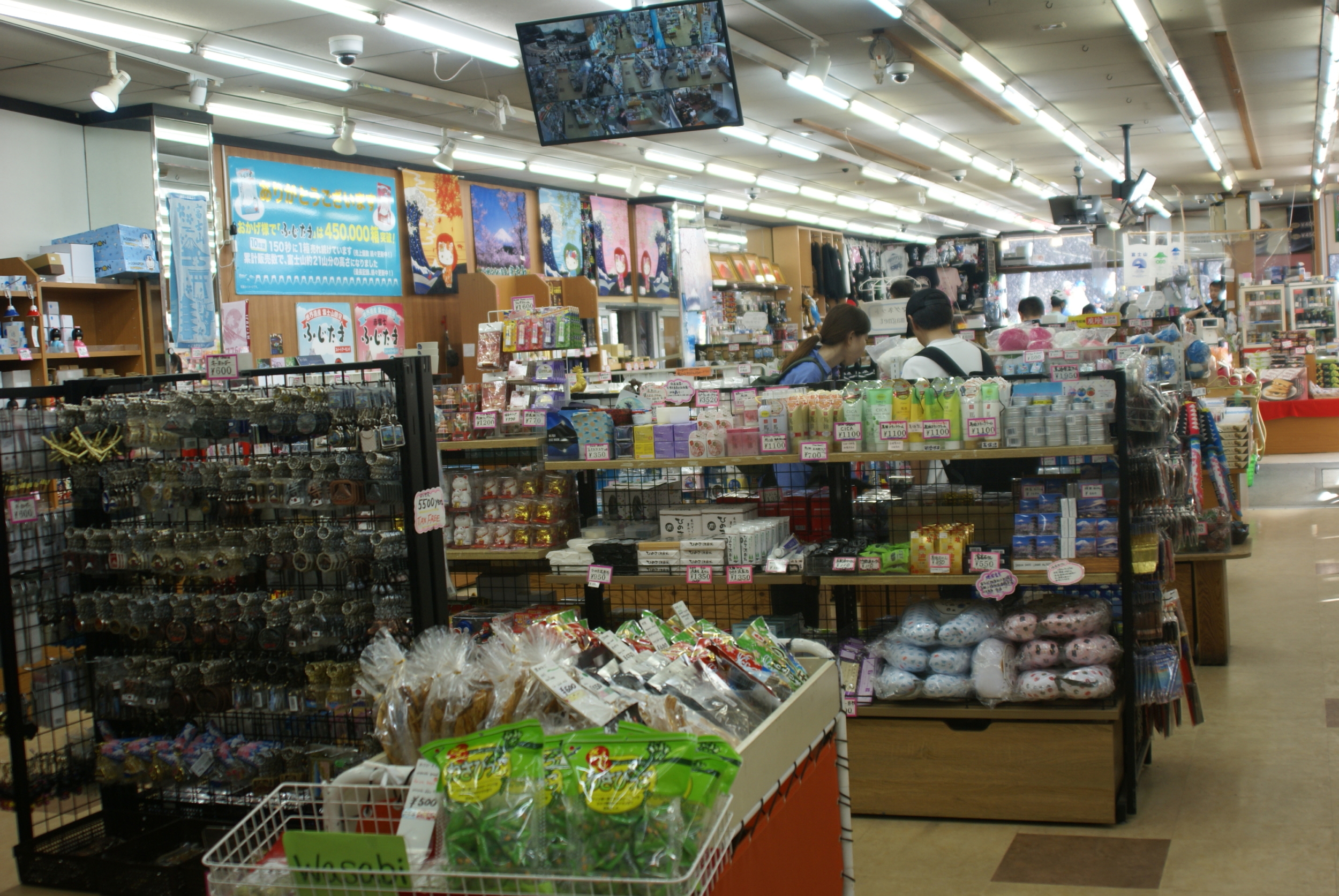
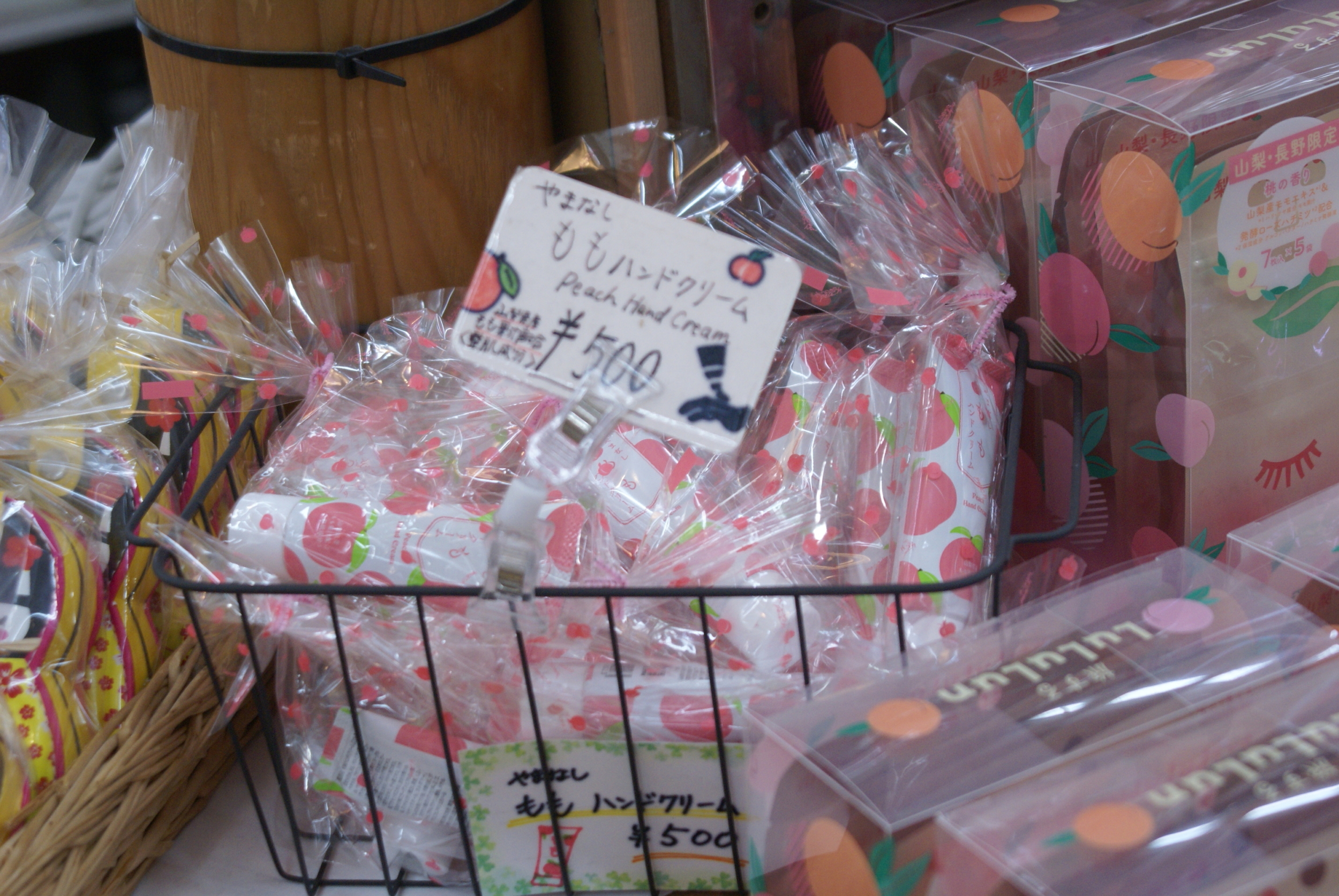
Clothing Advice: Be Prepared for the Highland Climate
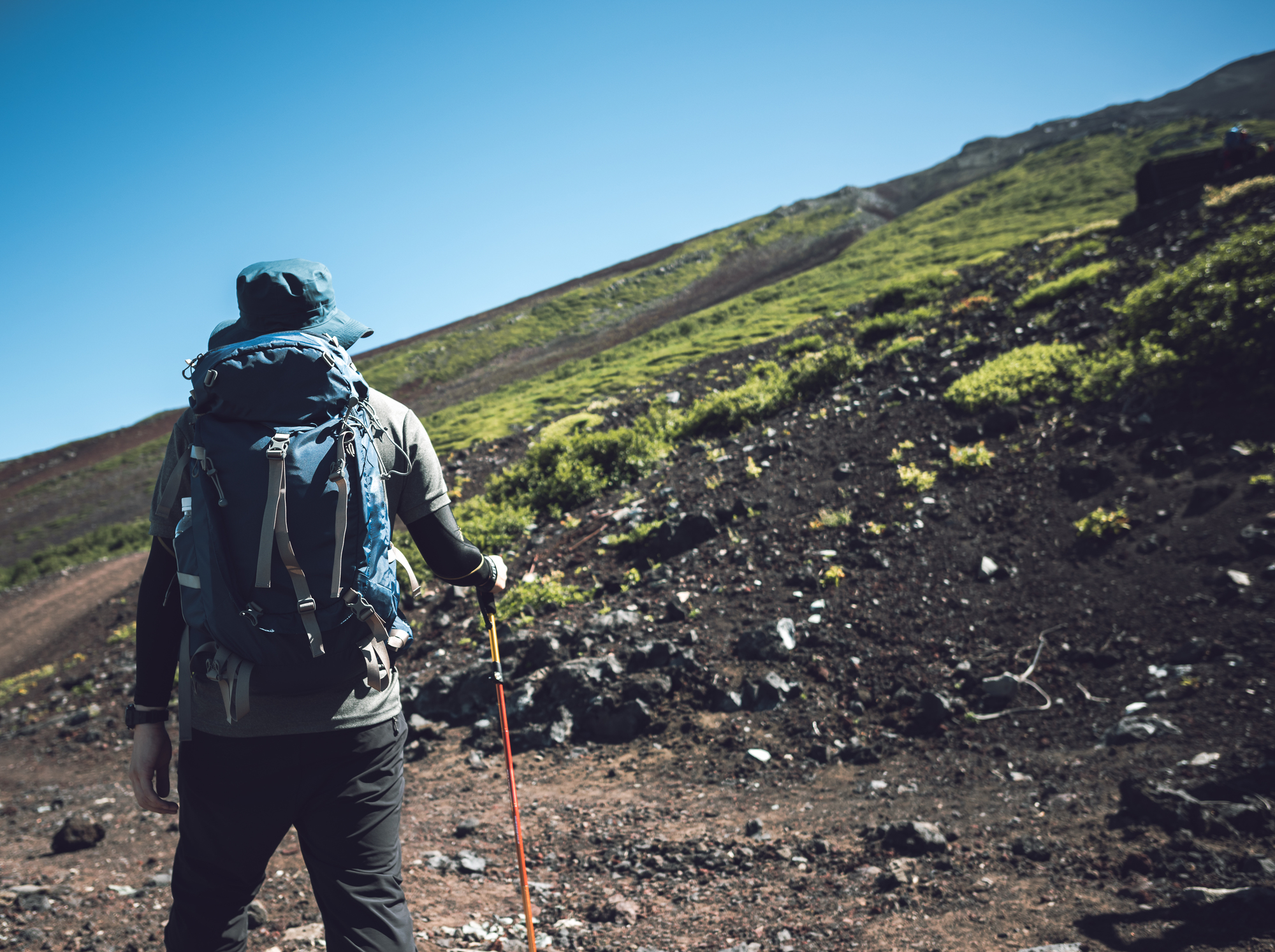
Since the Subaru Line 5th Station sits at an altitude of over 2,300 meters, temperatures are significantly lower than at the base. Even in summer, it can feel chilly, so warm clothing is essential.
As a rule of thumb, the temperature drops by about 0.6°C for every 100 meters of elevation gained, and the perceived temperature can fall an additional 1°C for every 1 m/s of wind speed.
Strong winds and updrafts are common, so if you hear thunder, immediately seek shelter indoors to protect yourself. Sudden changes in weather are frequent, so always bring a jacket, coat, or light down layer for safety.
Here’s an overview of the average monthly temperatures at the 5th Station:
| Month | Jan | Feb | Mar | Apr | May | Jun | Jul | Aug | Sep | Oct | Nov | Dec |
|---|---|---|---|---|---|---|---|---|---|---|---|---|
| High (°C) | -3 | -3 | 1 | 7 | 11 | 14 | 18 | 19 | 14 | 9 | 5 | -1 |
| Low (°C) | -16 | -15 | -12 | -6 | -1 | 4 | 8 | 9 | 5 | -2 | -8 | -13 |
Access Information: Buses Are the Easiest & Most Reliable Option
To reach the Mt. Fuji Subaru Line 5th Station, the most convenient methods are by bus or car.
However, if you plan to drive, please note an important restriction: from early July to late September, private cars are not allowed on the Subaru Line due to the official climbing season. This regulation is in place to manage the large number of climbers heading toward the summit.
If you’re visiting during these dates—or if you don’t have a car—the bus is your best option.
Direct buses run from both Fujisan Station and Kawaguchiko Station on the Fujikyu Railway Line, with a travel time of about 1 hour. Timetables may vary depending on the season, so be sure to check the latest schedule in advance.👉 For up-to-date bus schedules and details, check here!
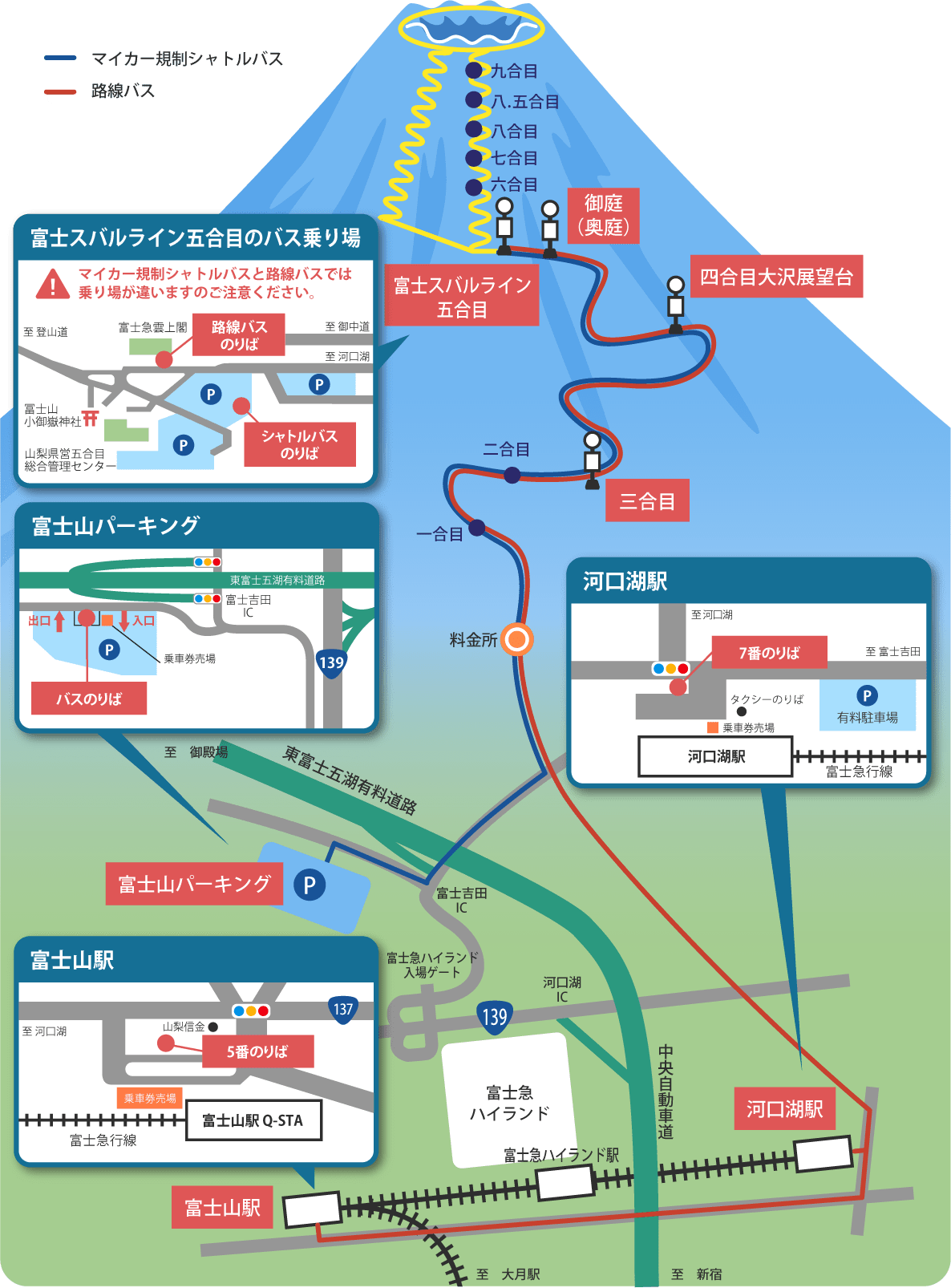
Summary

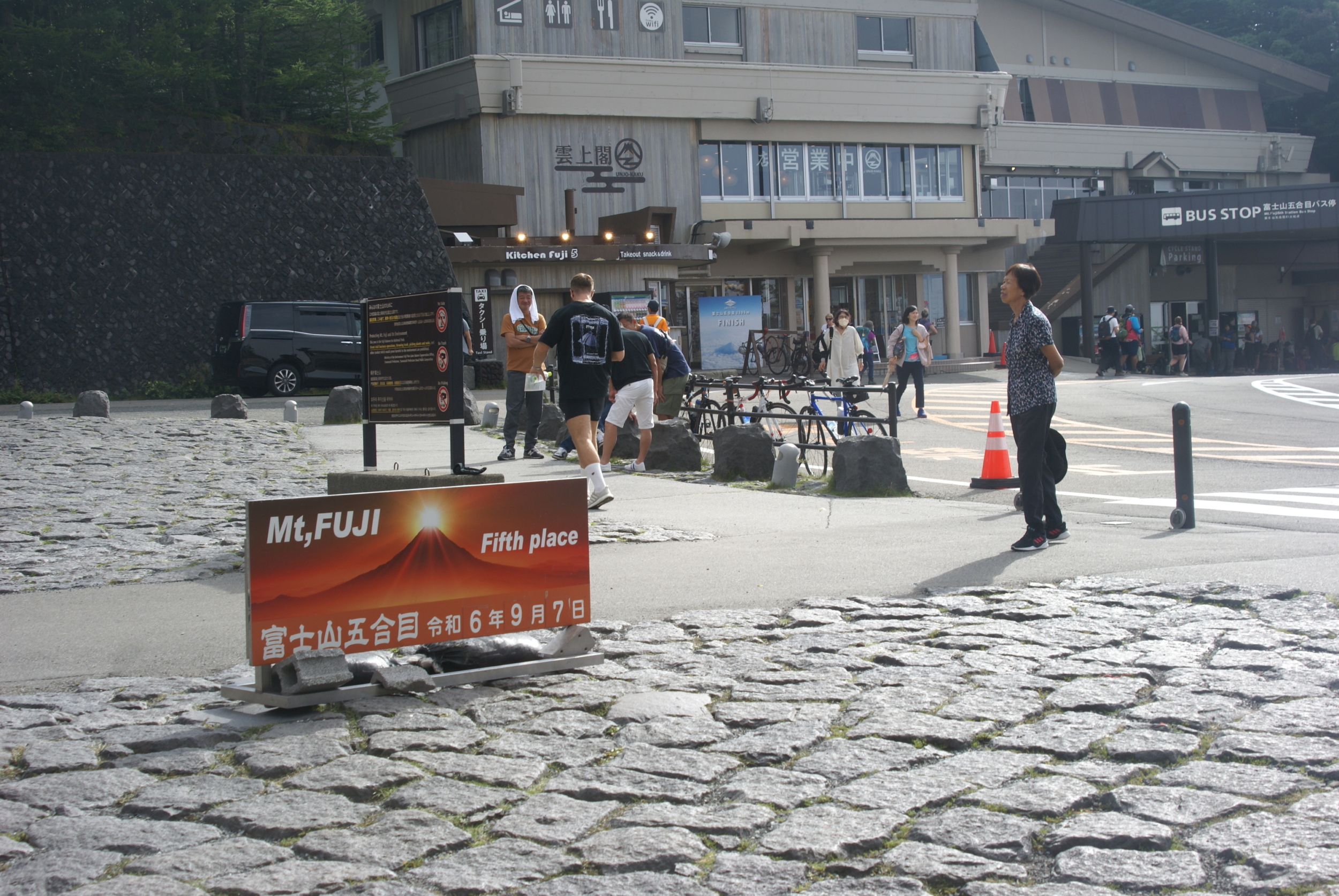
In this guide, we introduced the highlights and unique attractions of the Mt. Fuji Subaru Line 5th Station.
Here, you can spend the entire day enjoying local food, cultural spots, and breathtaking views of Mt. Fuji’s summit, all throughout the year.
Looking ahead, there is also an exciting plan under discussion—the Mt. Fuji Climbing Railway Project. This proposed next-generation light rail transit (LRT) would connect the Fujiyoshida Tollgate (foothills station) to the Subaru Line 5th Station, making access to this iconic location easier than ever before.
If realized, it could transform the way visitors experience Mt. Fuji, offering more convenience and sustainability. For now, the Subaru Line 5th Station remains one of the must-visit spots to feel the grandeur and spirit of Japan’s most famous mountain.
Be sure to keep an eye on future developments—and don’t miss the chance to experience the magic of Mt. Fuji at the 5th Station on your next trip!
Recommended for You! Featured Articles You May Also Like
-

Discover the Secrets of a World Heritage Site | Complete Guide to the Mt. Fuji World Heritage Center
-


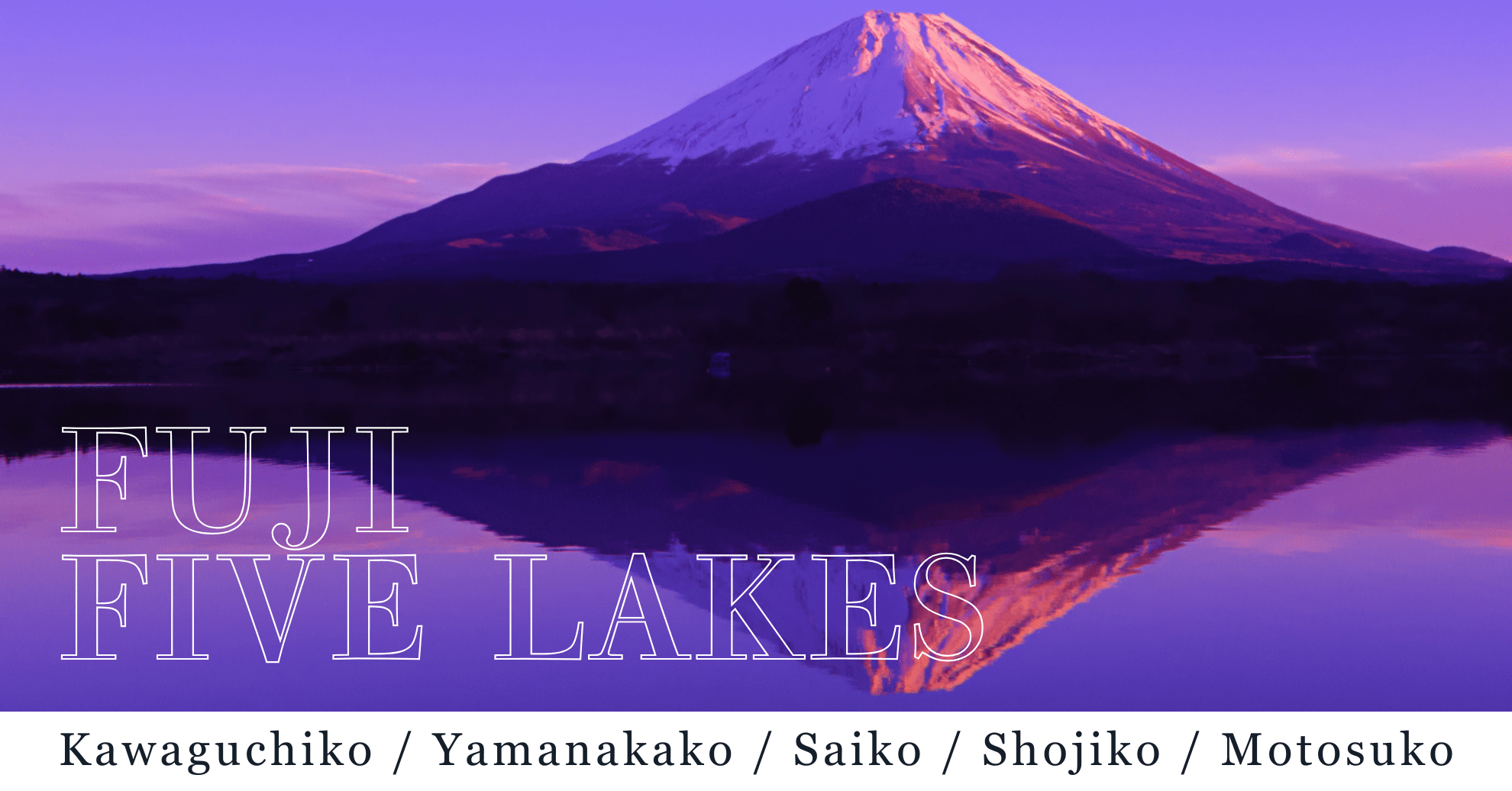
Mt. Fuji and Lake Views in Perfect Harmony | A Complete Guide to the Fuji Five Lakes
-



Play, Eat, Shop, Stay at Lake Yamanakako – The “ACCOMMODATION” Edition
-


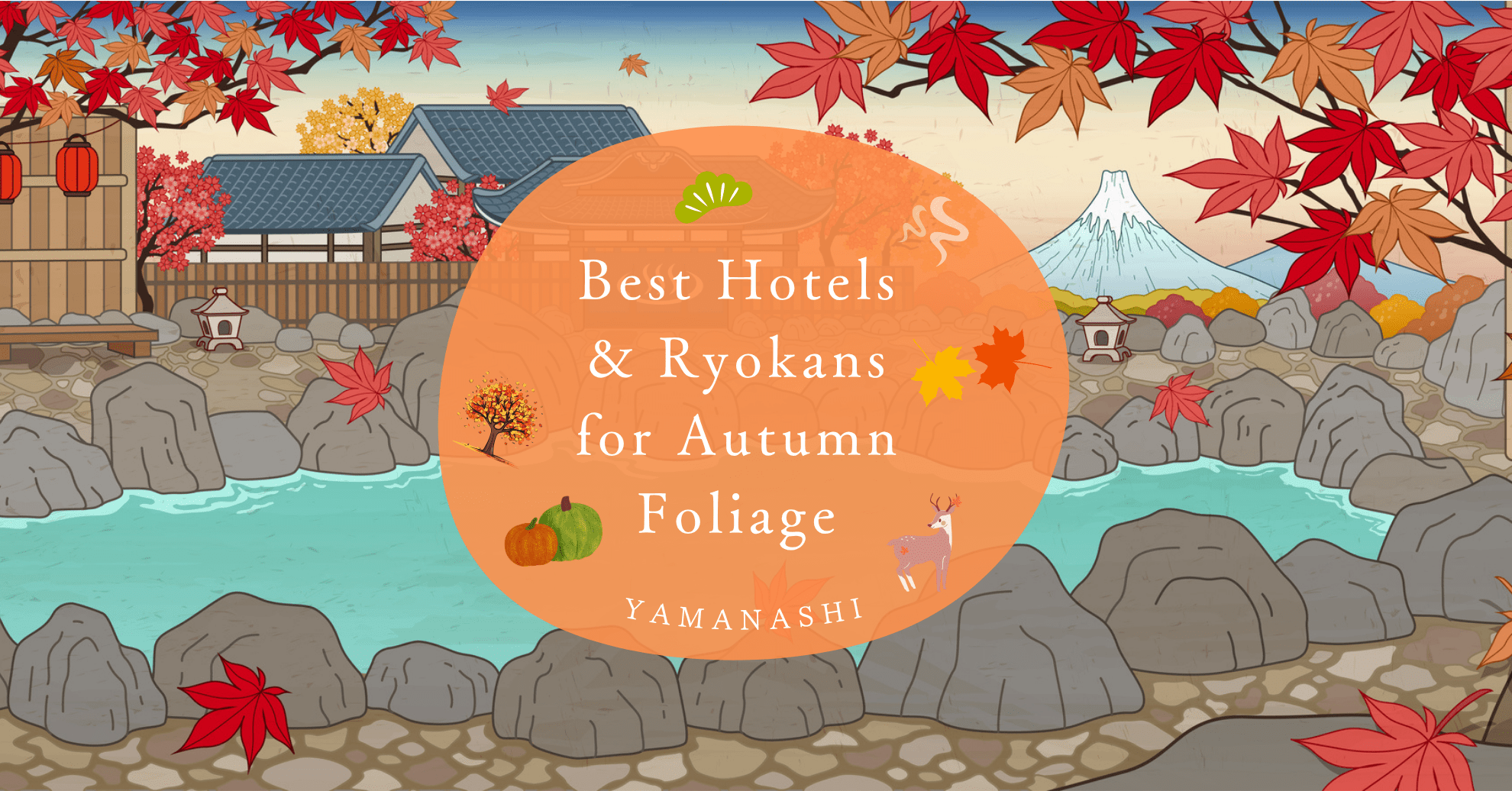
[2025] Experience Japan’s Autumn in Yamanashi | A Guide to the Best Hotels and Ryokans for Fall Foliage
-


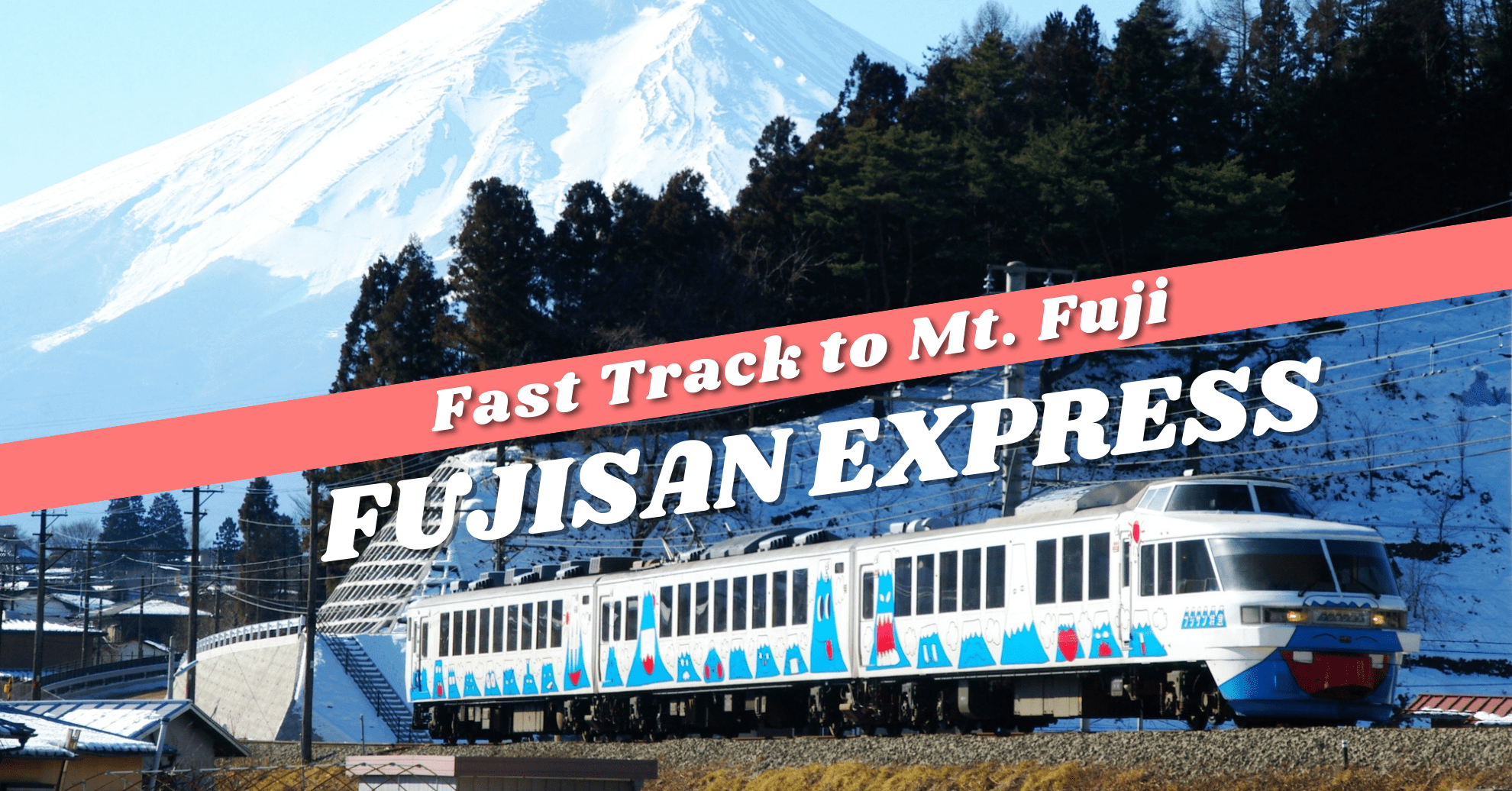
“Fujisan Express” Complete Guide – Fares, Seating, and More
-


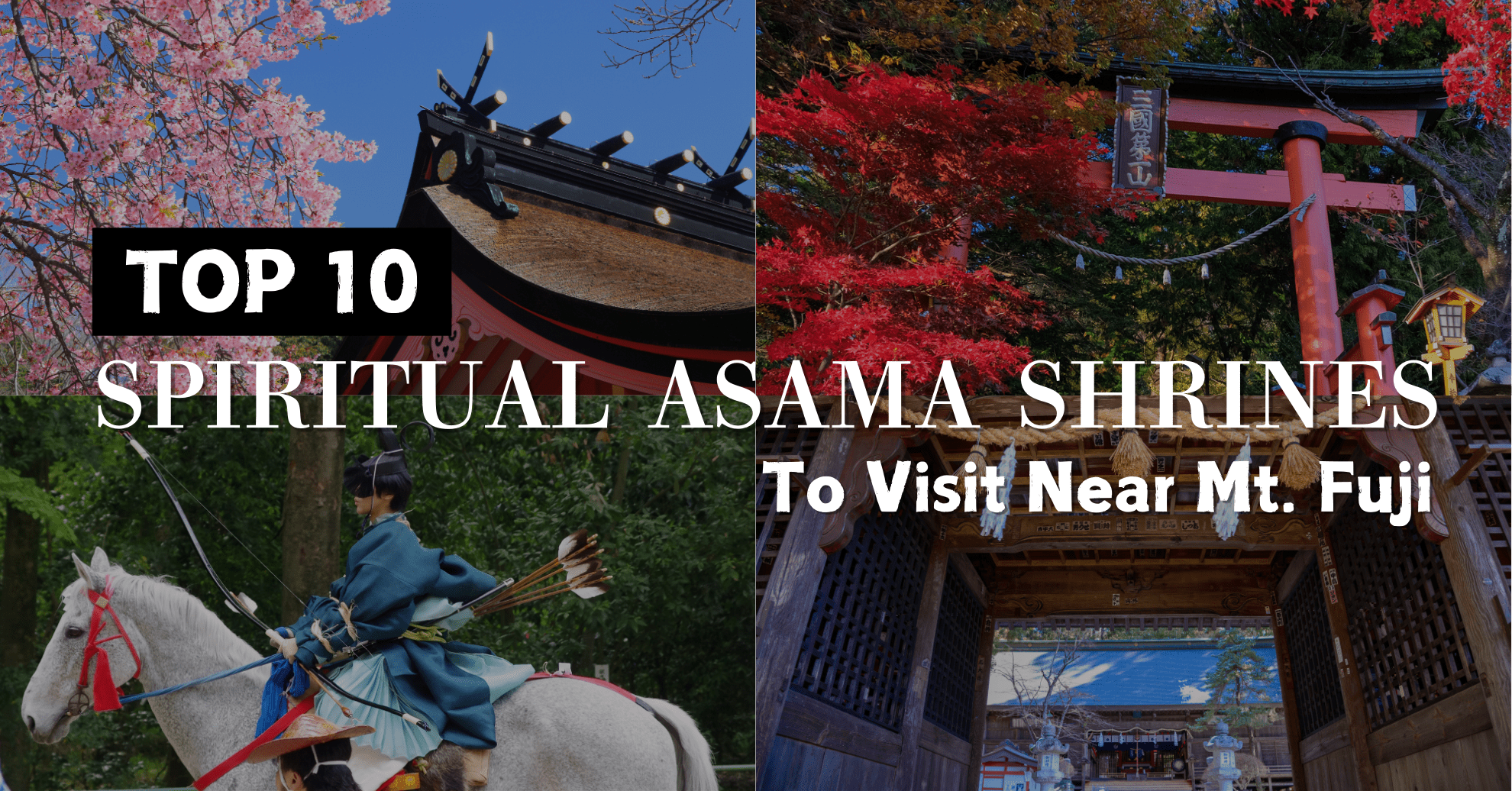
The Ultimate Power Spots Around Mt. Fuji: 10 Must-Visit Asama Shrines in Yamanashi

